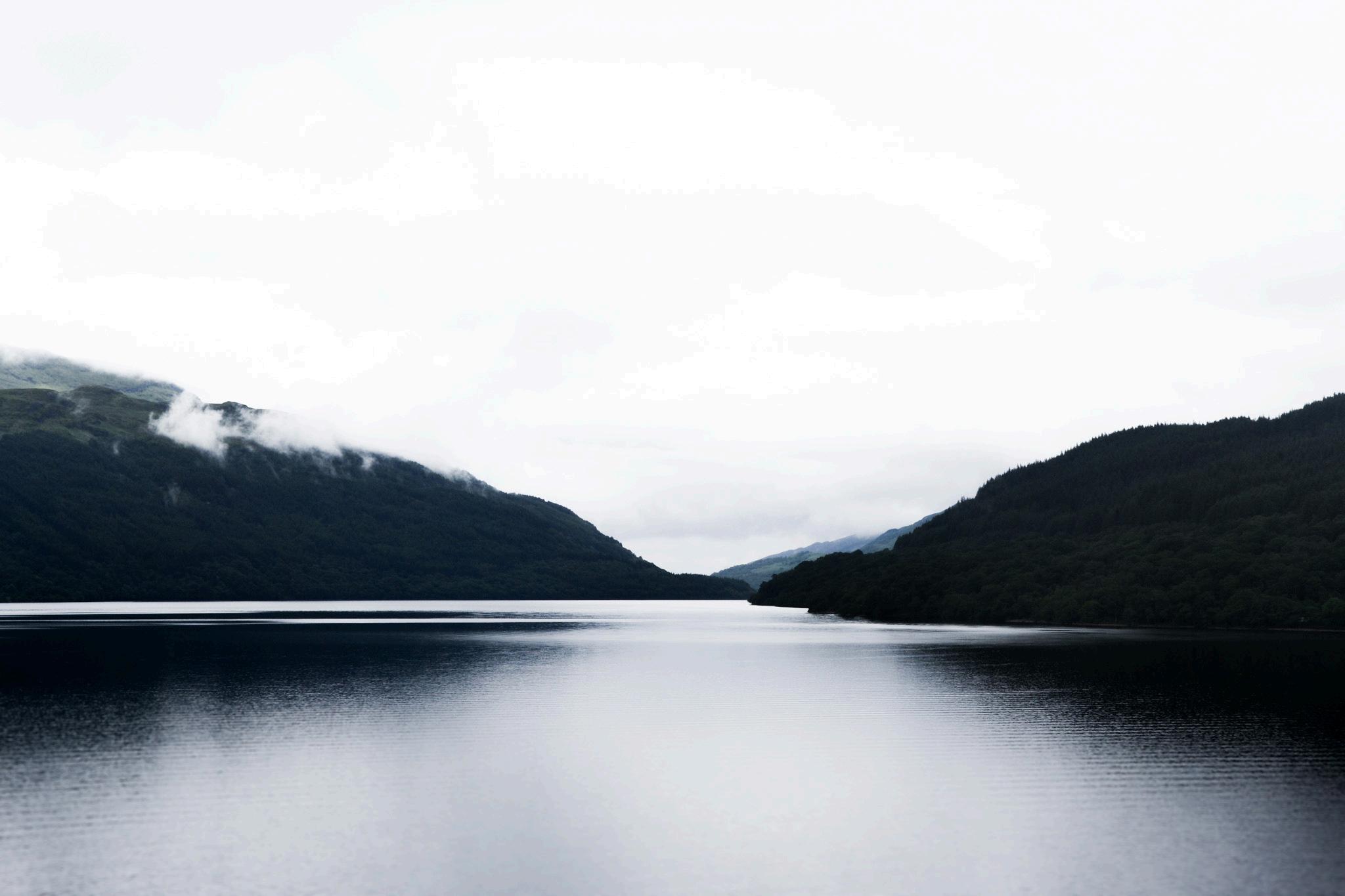

















Editor-In-Chief: Louise Anderbjörk & Tristan Sharman

By: Maggie Zhu
Photographing festivals has far more to it than first meets the eye It is about mastering endurance, adaptability, and anticipation In this article, live music photographer Maggie Zhu shares some key lessons about festival photography that she learnt from touring China with artist Justin Peng in 2025
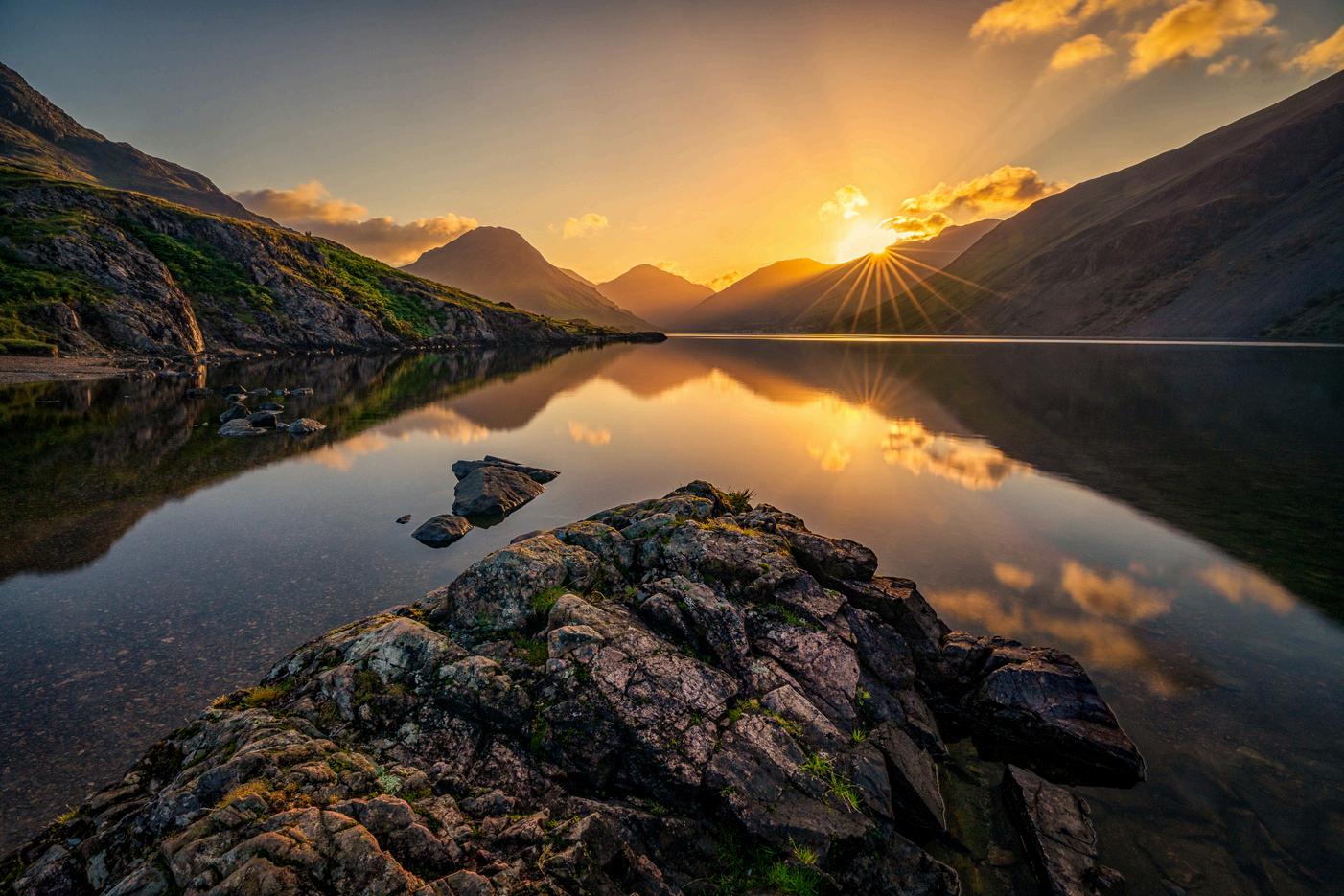
ALakeDistrictLocal
p.7
The Lake District has been home to Mark Hetherington for over 40 years, providing a place of tranquility but also plenty of landscapes to continue exploring with his camera
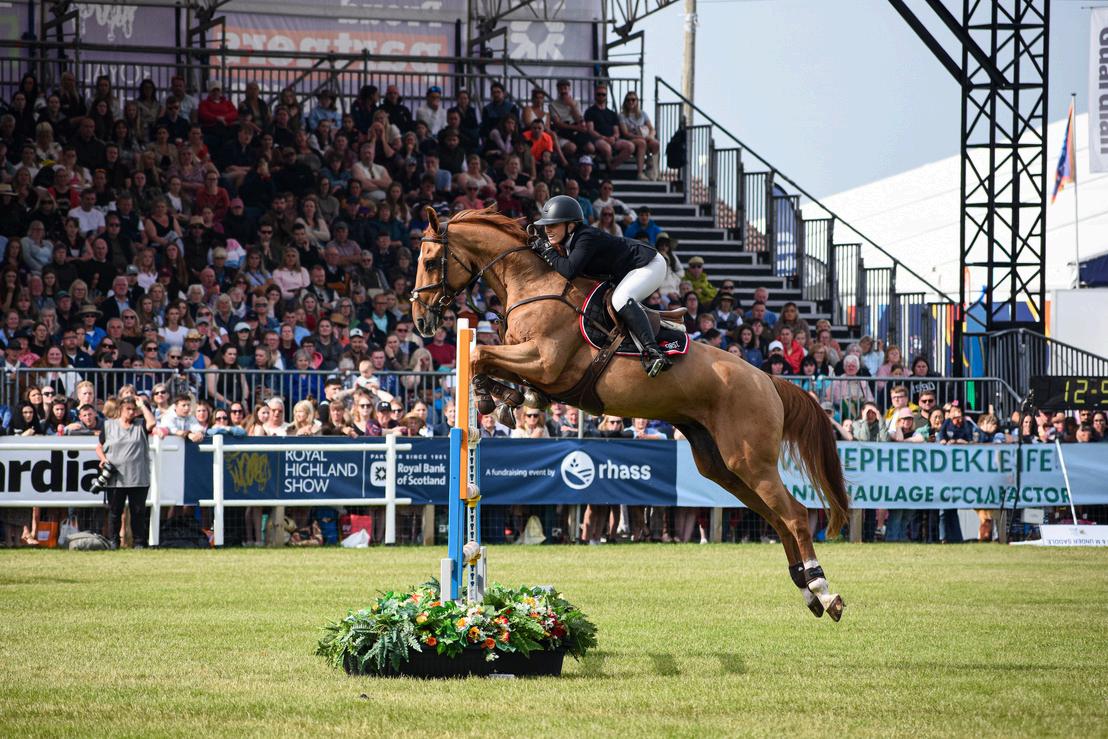
Royal Highland Show
p.13
Louise Anderbjörk shares her experience of photographing the 2025 Royal Highland Show’s equestrian competitions as well as the famous Highland Hoolie outdoor concert.

ThroughaRespectfulLens
p.9
Dee Webb shares her tips for choosing ethical photography tour companies and photographing and sharing wildlife images with respect for Planet Earth
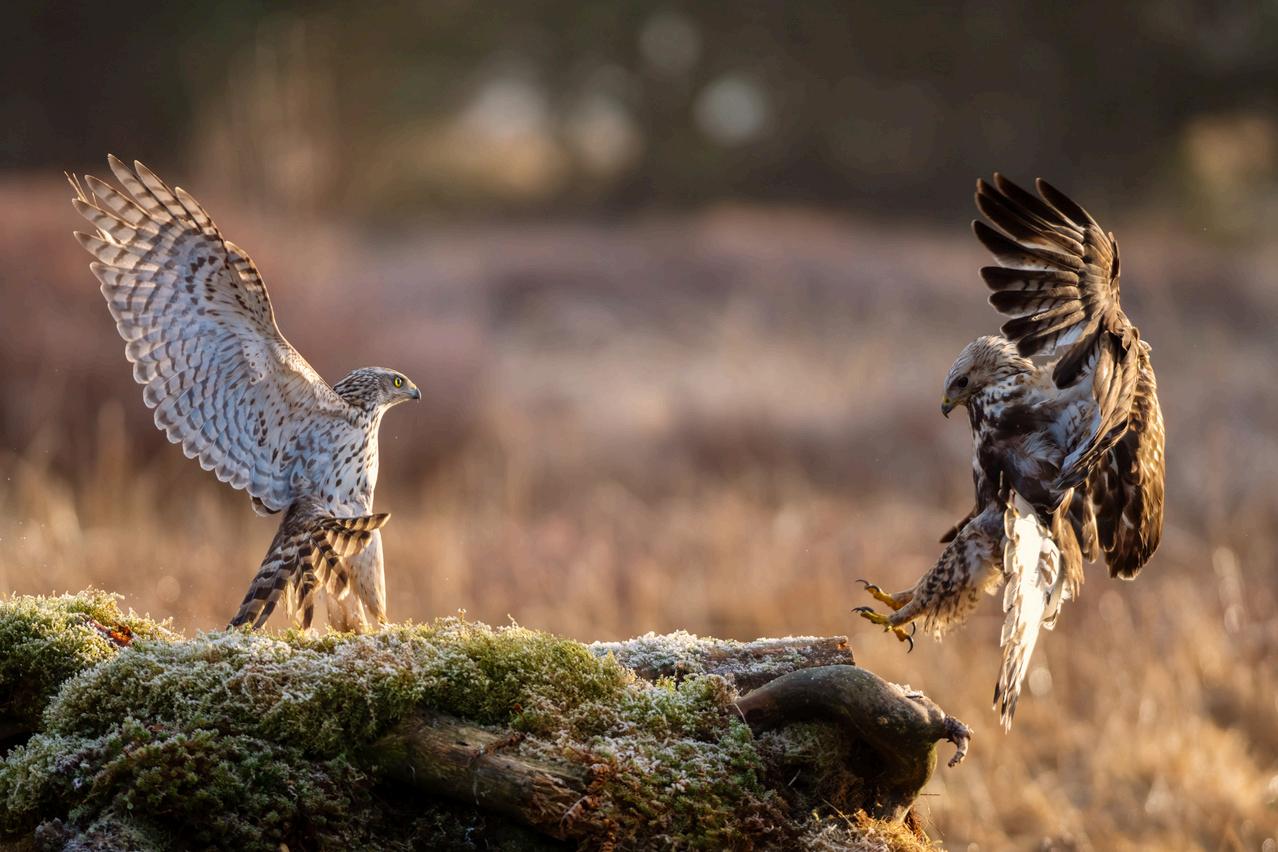
NorwegianBirdsofPrey
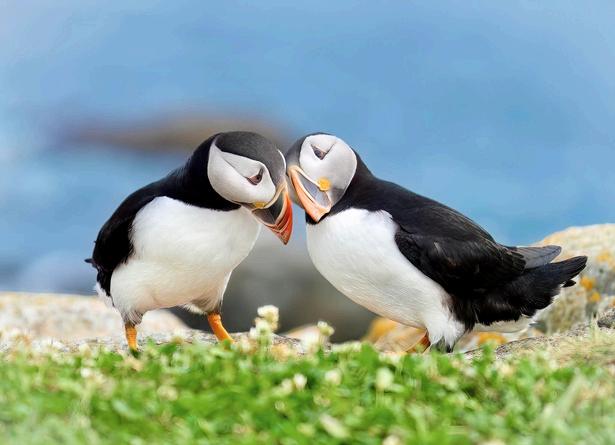
PuffinParadise
. p.11
Nature photographer Ginette Kew travels to Canada’s most easterly provinces to meet and interact with her favourite animal, the charismatic Atlantic Puffin

p.15
Patience is key when capturing birds of prey Kaj Ove Jacobsen describes his process for capturing majestic birds across Norway, such as the famous Marsh Harrier.
p.15
On a dawn morning in Nagarahole National Park in India, Karthik shares a rare sun-dappled moment of connection with a Bengal tiger in its natural habitat.


PhotosattheFringe p 19
Tristan Sharman reflects on returning to university theatre at the Edinburgh Fringe as a production photographer, and its benefits for making new friends and memories.
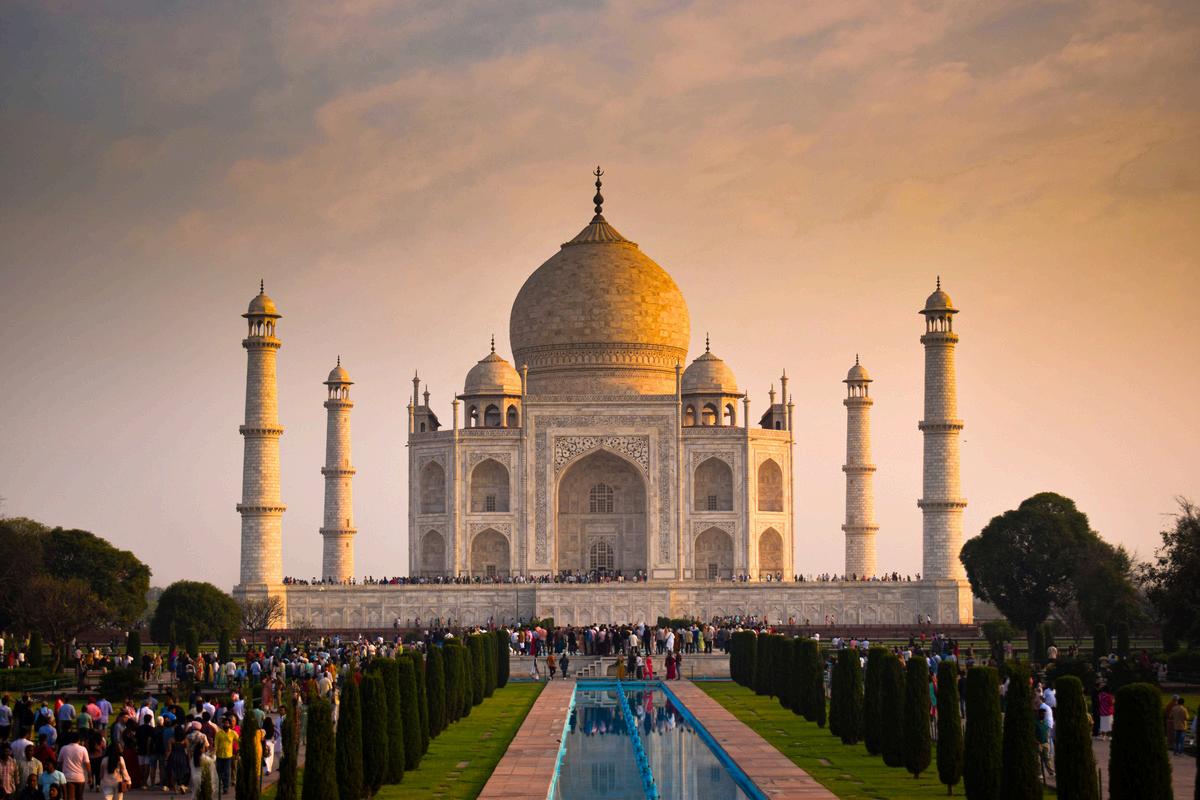
RealityisJustanIllusion
. p.25
Landscape photographer Devansh Jhaveri reflects on photography captured with your heart, producing not just an image but an emotion - no matter what equipment you're using
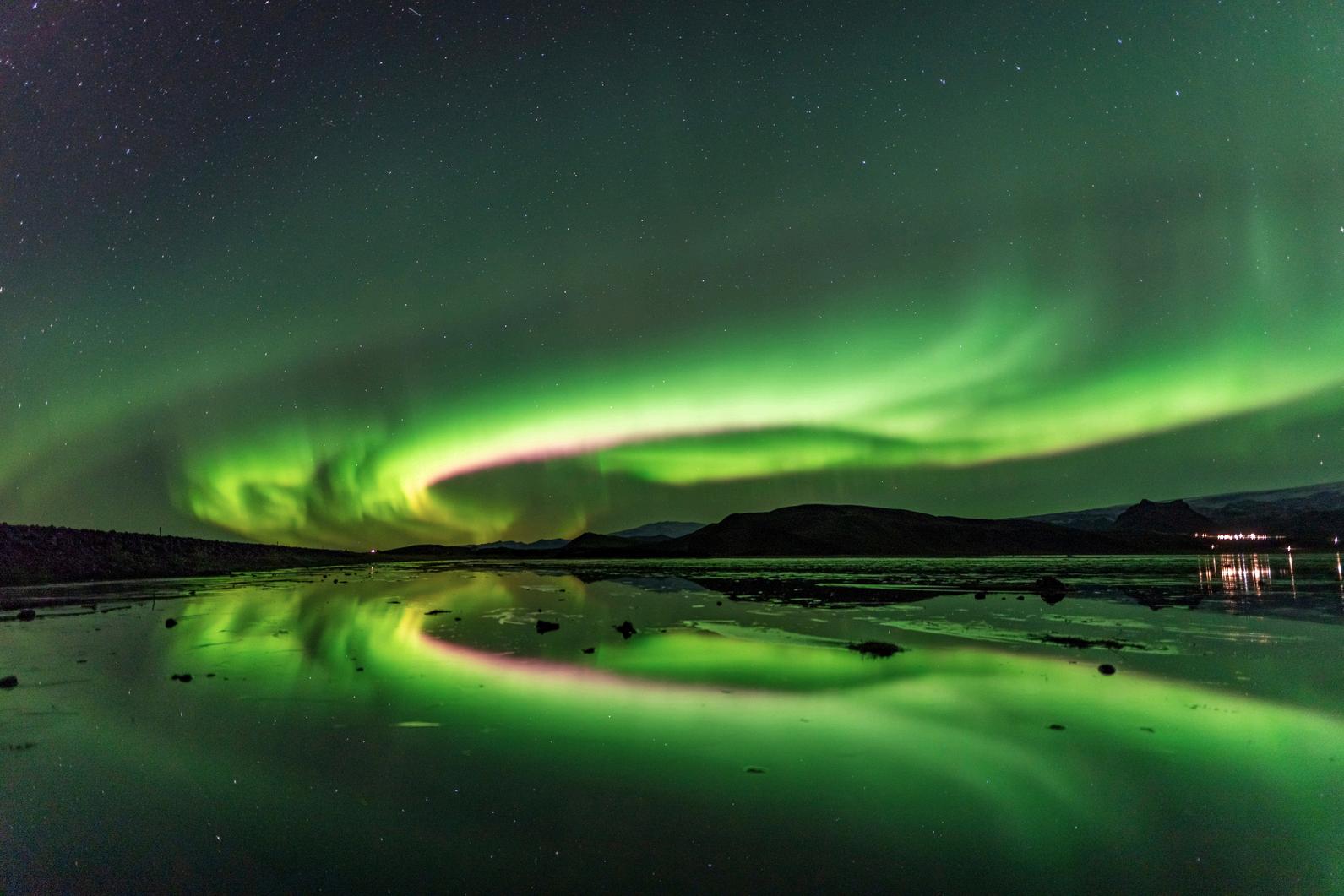
ChasingNorthernLights p 21
Icelandic tour guide and professional landscape photographer Páll Jökull shares his tips for capturing a natural phenomenon on many photographer's bucket list, the Northern Lights.
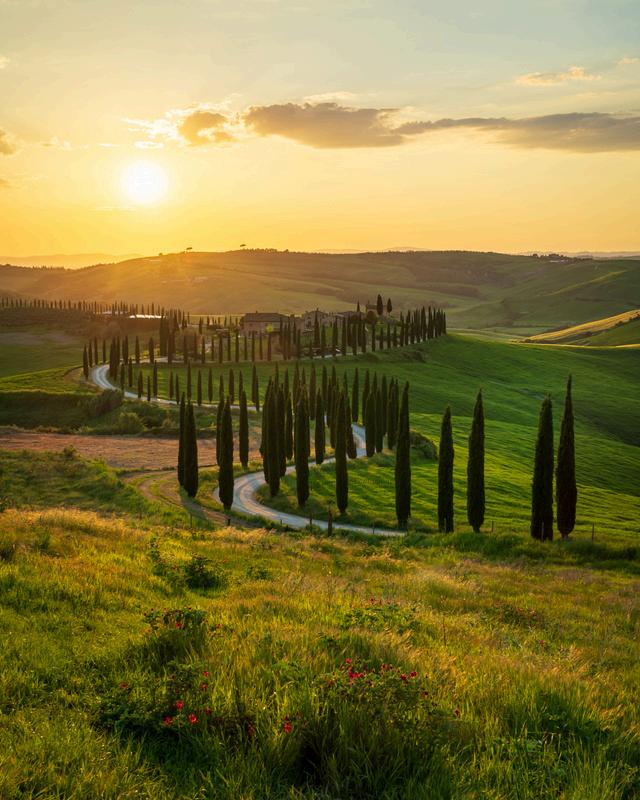
AmongtheCypresses
. p.25
Ineke Sijtsma reflects on how her childhood photography hobby became her passion, reminiscing particularly on a recent trip to Tuscany and its beautiful landscapes
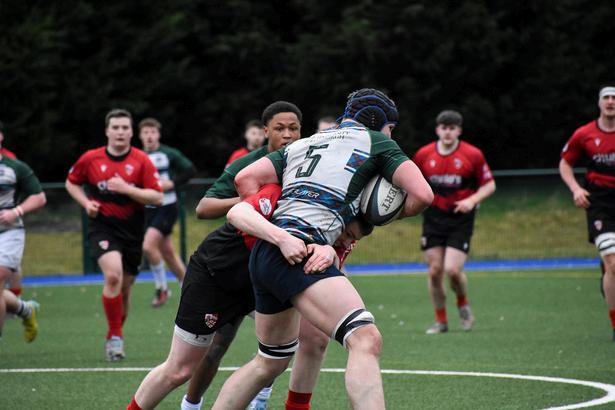
BUCSConferenceFinals p 23
Louise Anderbjörk retells working as an official photographer at the BUCS Finals, covering diverse sports across a full-packed day of capturing rewarding action shots.

AstrolandscapesinWales. . . . . . p.29
Astrophotographer Nigel A Ball, elected Fellow of the Royal Astronomical Society, explains the process behind some of his most breathtaking nighttime shots
Editor-in-Chief
Louise Anderbjörk
Editor-in-Chief ........................Tristan Sharman
PhotographyEditor......................Kailee Parsons
EditorialEditor ..............................Maggie Zhu
ContentManager ................ Amanda MacEachen


EditorialEditor: Maggie Zhu
Dear readers,
Welcome back to the brand-new PRISMA! Having previously written about my experience as a music photographer, I want to share some of my experiences as a tour photographer from this year. Earlier this spring, I had the chance to photograph two major main-stage festivals in China while on tour with artist Justin Peng. While festival photography anywhere brings its own demands, these shows stood out for me personally Not only were they among the biggest I have done with Justin, they also marked my first time photographing large-scale festivals in my home country, including a full-circle moment in Shanghai, where I began my concert photography journey. While this year’s festivals that I attended with Justin were not the largest shows I have ever done, they were meaningful opportunities for me to return to my home country doing what I love I first met Justin in May the previous year, and since then we have worked closely together across his headline shows, festival appearances, and stages of various sizes. As a photographer, he is a dream subject to capture, as he is deeply talented, expressive, and effortlessly photogenic. Some artists need time to warm up to feel comfortable in front of the lens, but Justin instinctively performs with a kind of openness that translates directly into strong images. This has allowed our collaboration to quickly grow into a rhythm of trust and creativity. Working with the same artist repeatedly has also shaped how I shoot. With Justin, I know when the signature moments are coming after watching the same set countless times Anticipating these moments sharpens my timing and allows me to shoot with more precision There is a joy in knowing an artist so well that you always know what happens next on stage. Unlike most of the festivals that I
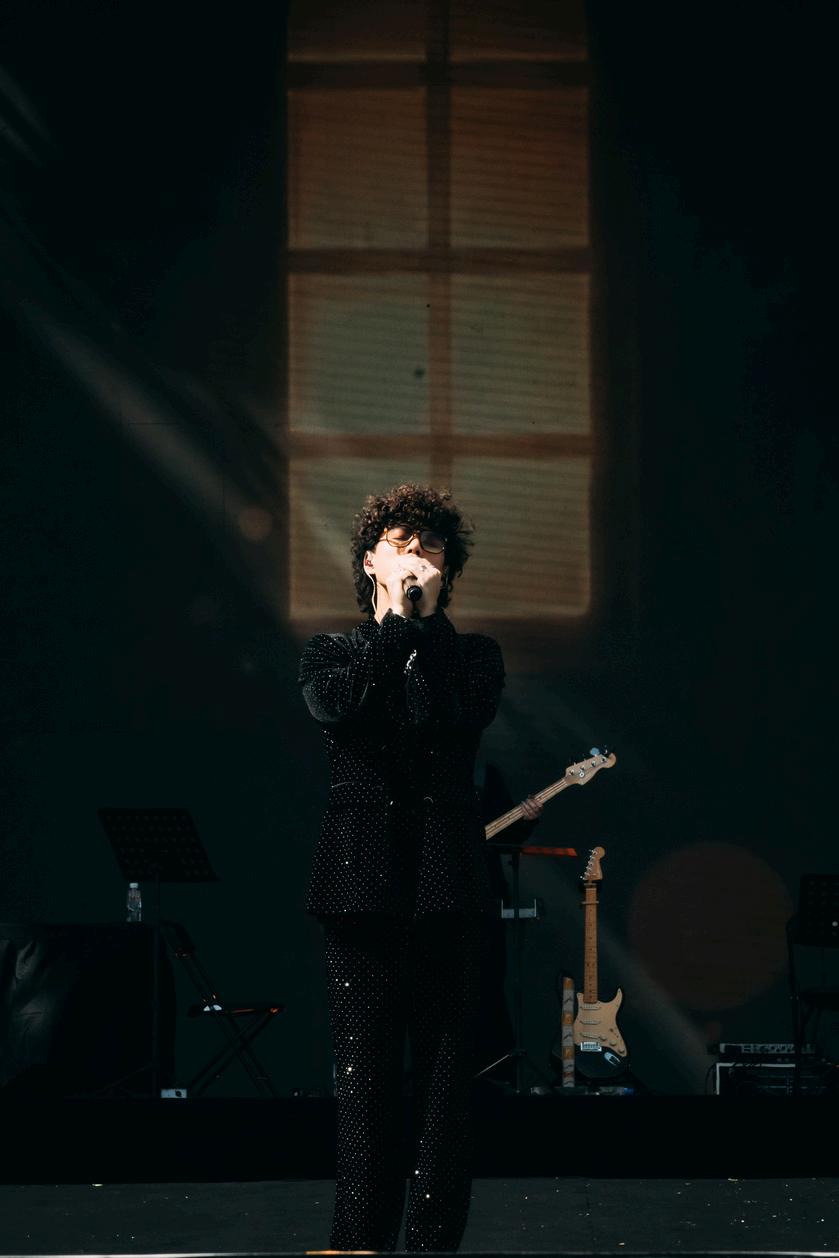
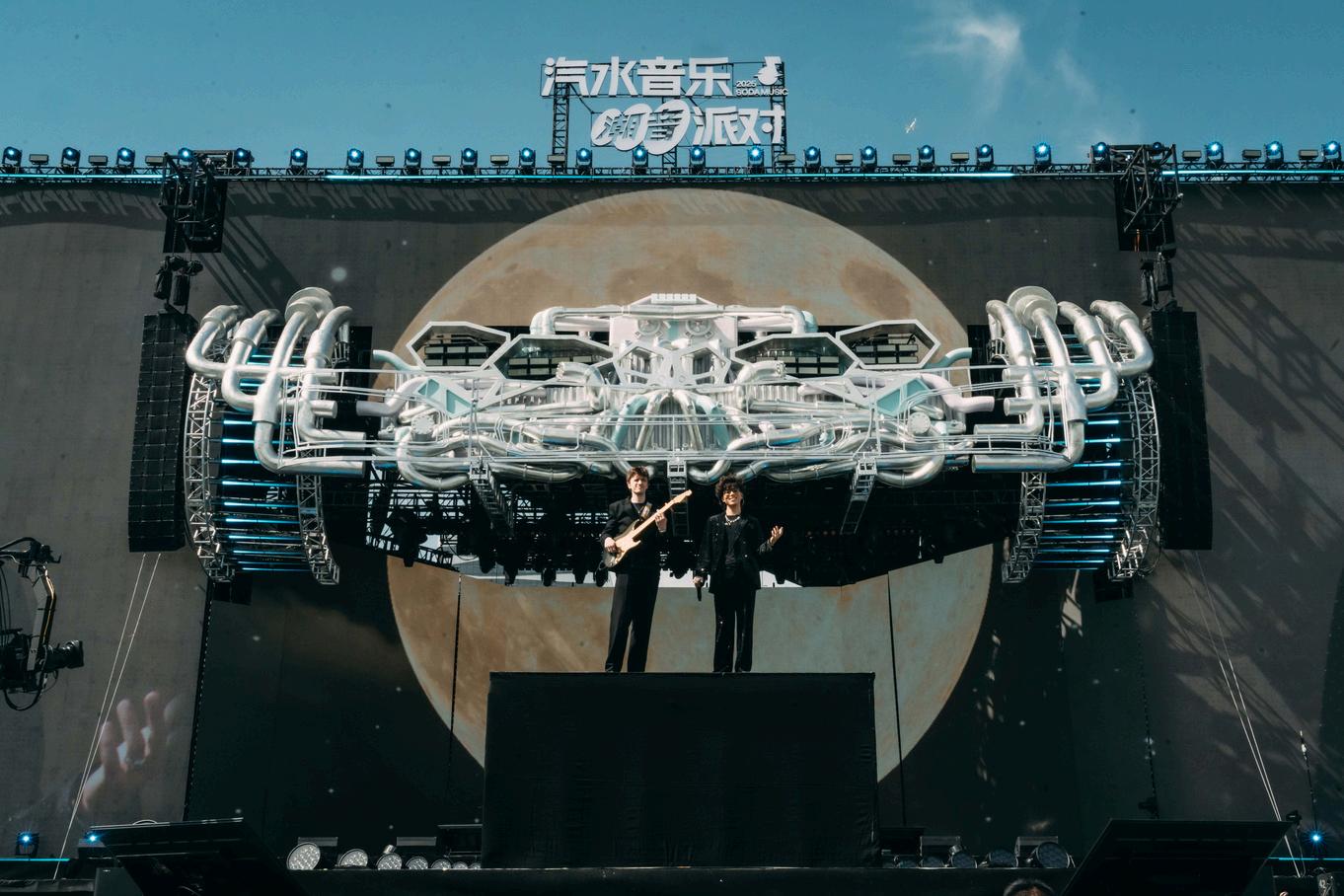
have worked at in the United Kingdom, the festivals that we attended in China each only had one main stage. There were no smaller stages, vendors, or any other form of entertainment There was no crowd flow, no food or drink stalls, just long stretches of waiting under the heat This led to a crowd that is dedicated but also hard to please, especially when faced with an artist like Justin who sings entirely in English. By contrast, Western festivals I have photographed, whether in the United Kingdom or Europe, tend to be more fluid. Fans wander between multiple stages, discover new artists, grab food or drinks, and shop at stalls The energy rises and dips with the day Then there is the weather itself At one of the festivals, the temperature reached 40°C, and the ground was bare dirt instead of grass, turning the whole site into a heat trap. As part of the crew, it is standard to wear all black, but it did not cross my mind how much heat that would absorb. I was also wearing a cap and mask so that I would not get into other photographers’ shots Midway through the day of running on and off the stage, I found myself with heat stroke, and later editing three thousand photos with a pounding headache and nausea. It was quite a humbling experience. While I usually focus completely on my actual work and on getting the perfect shot, shooting festivals made me realise that I also need to learn to pace myself as a working photographer, to hydrate constantly, and to factor in my own endurance as seriously as my camera settings All of this highlighted what shooting a festival really involves


only the music, but also the lived realities around it.”
beyond clicking the shutter A photographer must adapt to light and space as every stage has its quirks: harsh daylight, minimal lighting, awkward sightlines to name only a few. You cannot control conditions, but you can control your approach. You have to balance visibility and invisibility, being present enough to capture crucial moments, but discreet enough not to disturb artist or audience You must build up an ability to work under pressure, because performances are fast-moving and there is rarely a chance to redo a missed moment Then, afterwards, thousands of photos must be edited and delivered quickly, often overnight, giving you little time to rest up. Over time, I have developed a few rules for myself when approaching festivals: always shoot a mix of wide crowd shots and intimate artist details; keep gear light enough to move easily; drink water whenever possible; and learn to edit on the go, whether on a train, backstage, or in a hotel room. These sound simple, but in the heat of a 35°C dirt field, with three thousand photos waiting on your laptop, they make all the difference. These principles are transferable anywhere, but this China tour taught me
to take them more seriously and to add new ones: prepare for the climate, and understand fan culture as much as the artist you are photographing For me, this tour also held a deeper meaning One of the festivals took place in Shanghai, the city where I first started shooting concerts Back then, I was just a student with an entry-level camera, sneaking into small gigs and experimenting with low light. My photos were not perfect, far from it, but they sparked something that eventually grew into a career. To be back in Shanghai, two years later, standing on the main stage with Justin, felt like a full-circle moment I could feel the distance between that nervous beginner in the photo pit and the professional I have become. And yet, in some ways, the feeling was the same: the thrill of trying to capture music as it happens, knowing you only get one chance. No matter how many shows I have photographed over the years, it is still mesmerizing to watch an entire crowd erupt in cheers From the photo pit or side stage, you feel the sound as much as you hear it, thousands of voices merging into one pulse. That moment never gets old. It is part of what keeps me coming back to live music photography: the reminder that every show, no matter the size or country, is someone’s most anticipated day, and being able to document that energy is a privilege My time touring in China with Justin Peng did not just give me new images for my portfolio; it gave me perspective It reminded me that while my role may look the same on paper in any city, the context changes everything. Shooting festivals is demanding, chaotic, sometimes overwhelming, but also deeply rewarding. In the end, the real privilege of being a photographer is to capture not only the music, but also the lived realities around it




PhotographyEditor:Kailee Parsons
MARK HETHERINGTON
Having walked, climbed, and run in the Lake District for over forty years, I have developed a deep-rooted appreciation for its breathtaking landscape In today’s chaotic world, full of noise and distractions, I believe it is essential for our wellbeing to find ways to relax and calm our busy minds Despite the growing popularity of the Lake District, it still retains its allure, and one can still find moments of peace and tranquility, even at popular locations, provided one knows where and when to visit. I do love to travel to photograph other areas, both in the UK and mainland Europe, but when I return to my hometown in the Lake District, I realise that the Lakes is where I feel most at ease, as well as where I belong. I have such an affinity for the Lake District, having formed core memories there at an early age, when I started fell walking with my late father, which transitioned into rock climbing, and then later, I also discovered the joy and freedom of fell running The Lake District is an area I know well, and this familiarity drives me to continue to explore the landscape, now with my camera, to document and showcase the wonderful landscape of mountains, valleys, lakes, streams, and tarns in all seasons. I particularly love photographing the Lake District at sunrise as this is when I can escape the crowds and soak up the peace and tranquility, which brings me a great deal of happiness and sometimes lasting images of beautiful moments in time to reflect on.






PhotographyEditor:Kailee Parsons
WEBB
We’ve all seen the photos: wildlife surrounded by groups of people, drones buzzing overhead, animals clearly stressed or cornered And we’ve heard the stories of guides using bait, disturbing habitats, or pushing animals too close for the sake of “the shot ” Wildlife photography has exploded in popularity, and while this creates opportunities to showcase and protect nature, it can also harm it when ethics take a backseat. That’s why choosing an ethical photography tour company is more important than ever. Ethical tour companies start with a simple principle: the welfare of the wildlife comes first This means they set clear boundaries no baiting, no harassment, no chasing animals just to get closer. They keep group sizes small to minimize impact and stress on wildlife. They hire local guides and biologists who know the land, the species, and the behaviours to watch for, ensuring encounters are safe and respectful They focus on teaching patience and fieldcraft, waiting for the moment rather than forcing it A good ethical tour company will also be transparent about its values and practices. They’ll explain how they approach wildlife, how they educate clients, and why certain rules exist. They’ll remind you that not every sighting is a photo opportunity. Sometimes, it’s better to simply watch and appreciate That said, not all tours are created equal, and it’s okay to ask questions In fact, it’s essential Before booking, take time to explore how a tour operates Does the company describe how they approach wildlife? Are group sizes kept small to reduce impact? Do they partner with local guides, biologists and communities? Do they promote respectful, non-invasive encounters? Look closely at the images they share Are the animals behaving naturally? Do the scenes reflect patience, distance, and care? Or do they suggest that wildlife is being approached =
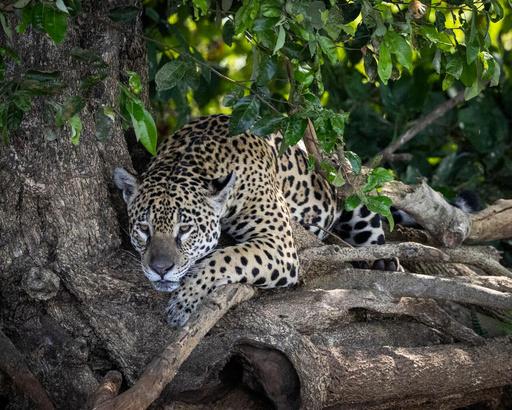
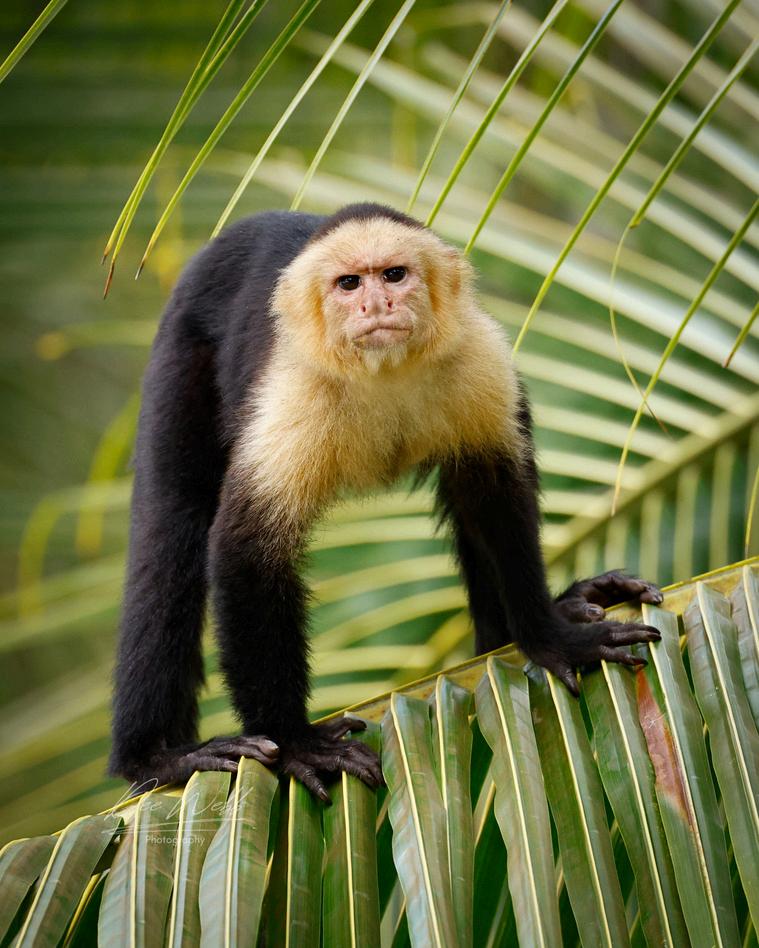
won’t hesitate to talk about their values, and why they matter. Asking the right questions helps you travel with intention and support the kind of tourism that protects the places and species we care about most. An ethical photography tour isn’t just about avoiding harm, it’s about doing good By choosing companies that prioritize conservation, you help fund the protection of the very animals and ecosystems you’re photographing I have seen this first-hand in Costa Rica, where farmers preserve wild avocado trees that attract resplendent quetzals because
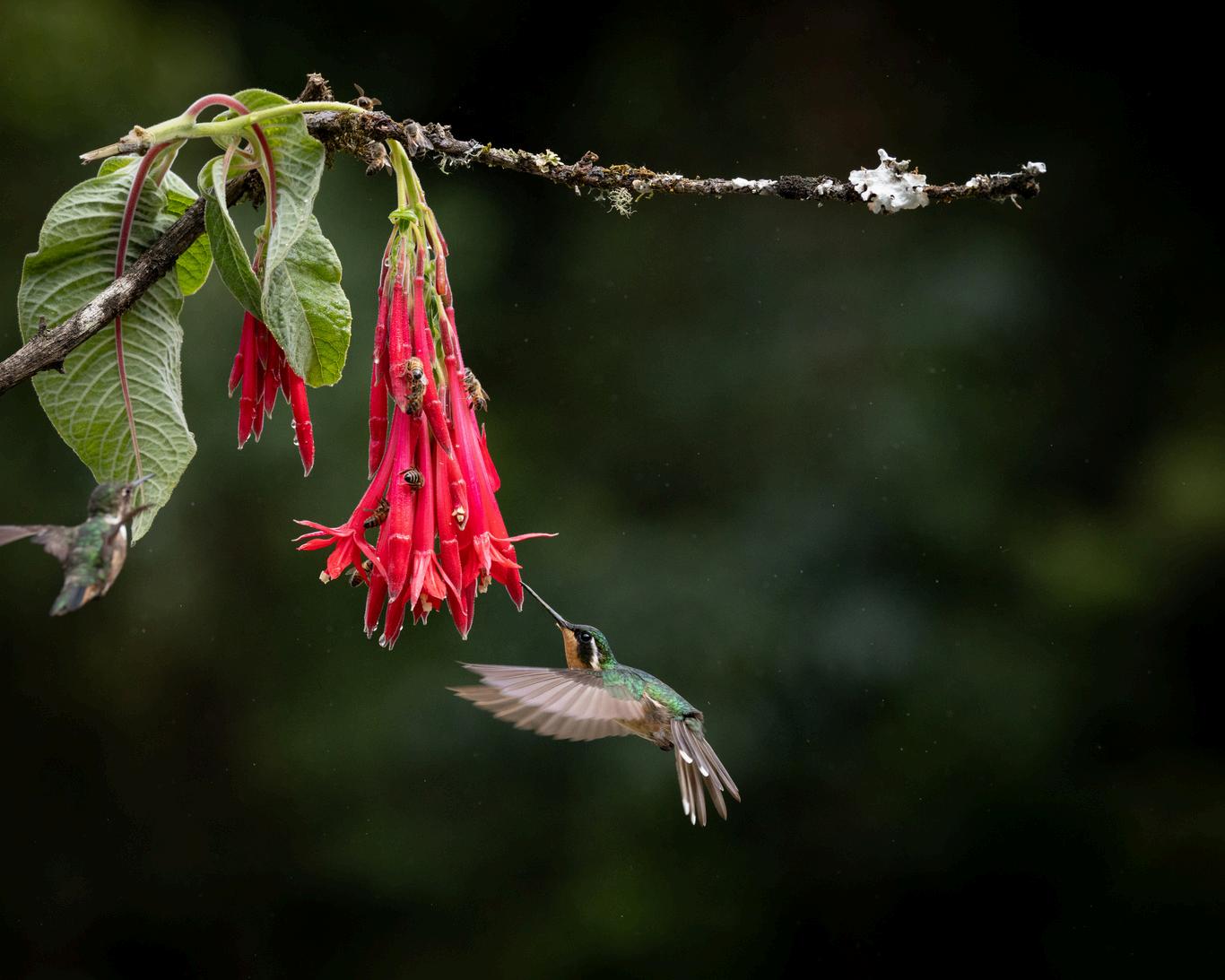


“Ethical companies won’t hesitate to talk about their values, and why they matter.”
photographers and birders pay to visit their land. That tourism income has become more valuable than cutting those trees for crops. This story repeats itself worldwide. In Brazil, ecotourism dollars fund research on jaguars In Africa, park fees support anti-poaching units In Alaska and Canada, locally owned lodges rely on tourism to keep wild spaces wild. When you book an ethical tour, your money supports these efforts, but when you book with companies that prioritize profit over ethics, that impact is lost. The responsibility doesn’t end with the tour operator. As photographers, the way we share our images matters, too A picture of a bear from five feet away might look exciting, but it also tells the wrong story It encourages others to do the same, whether it’s safe or not. We can change this narrative by being transparent: include details in your captions about the lens you used, the distance you kept, or how long you waited It not only educates your audience, but it also helps shift the perception of what ethical photography looks like To ensure your money supports good practices, ask questions First, how does the tour company ensure the welfare of wildlife during their tours? What is the company’s stance on baiting or

interfering with animal behaviour? Second, do they hire local guides and support local communities? Third, how do they educate participants on ethical practices? Finally, where do your tour dollars go? A company that leads with integrity will happily answer these questions, and they will probably offer even more insight into their conservation efforts By demanding higher standards, we can help move the tourism industry toward more responsible practices. An ethical photography tour isn’t just about taking better pictures. It’s about leaving a positive impact, for the wildlife, for the local communities, and for the next generation of photographers We don’t have to be perfect We just have to do better And that starts with choosing companies, and behaviours, that put respect for nature at the heart of every click of the shutter.



PhotographyEditor:Kailee Parsons
It was just a few years ago that I picked up a camera and discovered what would quickly become my passion: nature photography Up until last summer, I had really only photographed animals around my region of Southern Ontario, Canada Although I was having fun exploring close to home, I started to develop the desire to photograph nature elsewhere. The rugged coastlines of Canada’s most easterly province, Newfoundland and Labrador, known as ‘The Rock’ because of its predominantly rocky terrain and soil composition which makes growing things a challenge, was calling to me As much as the landscape itself was appealing, there was also one adorable seabird that I really wanted to meet and photograph… the Atlantic Puffin. After spending eight months at sea, thousands of nesting pairs return to land and begin breeding around late April and early May. Filled with excitement and anticipation, I arrived in the tiny town of Elliston (population: 315) one early July morning ready to meet these beautiful birds known as ‘parrots of the sea’ thanks to their large, colourful bills and waddling gait. Little did I know how much they would steal my heart! To my delight, one of the very first puffins I laid eyes upon was walking right towards me with a flower in its mouth, as if to welcome me to the island In a complete


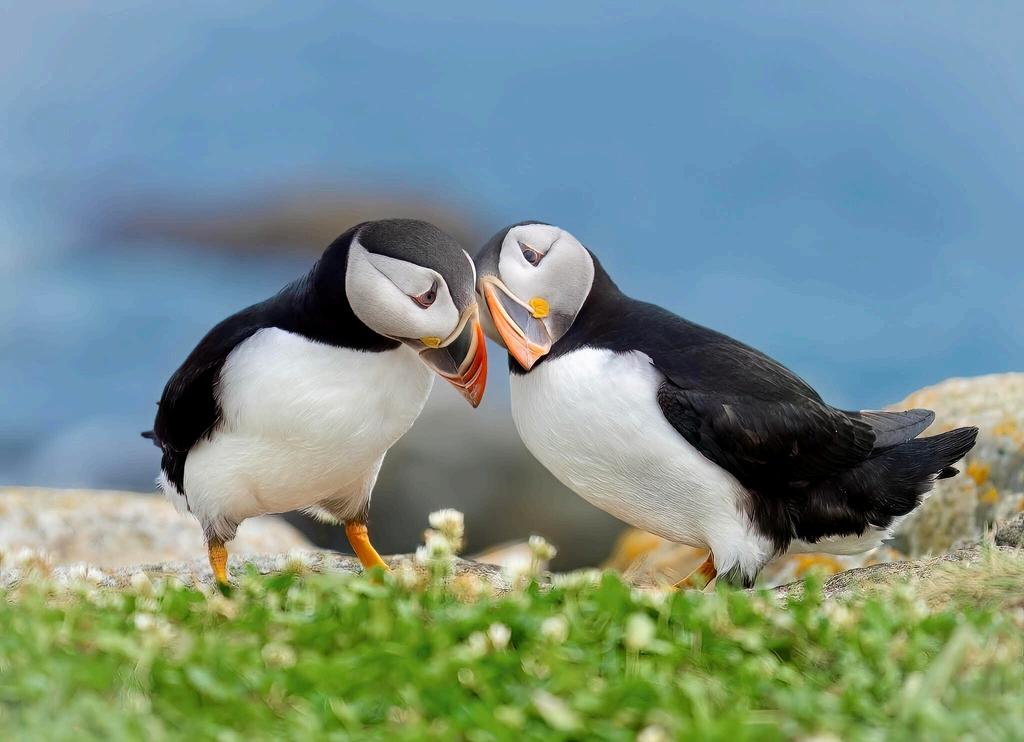

Apairofpuffins peering

PhotographyEditor:Kailee Parsons
From the 19th to the 22nd of June, Edinburgh’s Ingliston Showgrounds became home to one of the UK’s largest annual outdoor events: the Royal Highland Show This year I covered the Saturday events, which had a strong focus on equestrian shows The misty morning hosted the Novice Championships for young horses and the Andrew Black Memorial Speed Class. Both were thrilling to watch, but also perfect examples of the small technical challenges you easily forget about equestrian photography. Showjumping is full of subtle variables: most notably, the lighting conditions can shift dramatically between fences depending on the backdrop and even the horse’s coat Light-coloured horses are easily overexposed, while fences set against darker backgrounds tend to be underexposed. These conditions can change multiple times in just 50 seconds - the average time for a round - making it essential to be able to adjust ISO on the fly Once you learn the course, though, you quickly get used to which fences require tweaks in exposure, and you can get into a rhythm with it. In the afternoon, I moved to the international Grand Prix arena, where the sun finally made an appearance, enhancing the beautifully designed course and the excitement of both athletes and spectators in the arena The day closed with the Royal Highland Hoolie, featuring artists like Nathan Carter and Cammy Barnes performing under the midsummer sun The golden-hour light created perfect conditions for concert photography and a magical summer festival atmosphere, both on stage and in the crowd, which was such a joy to capture. .
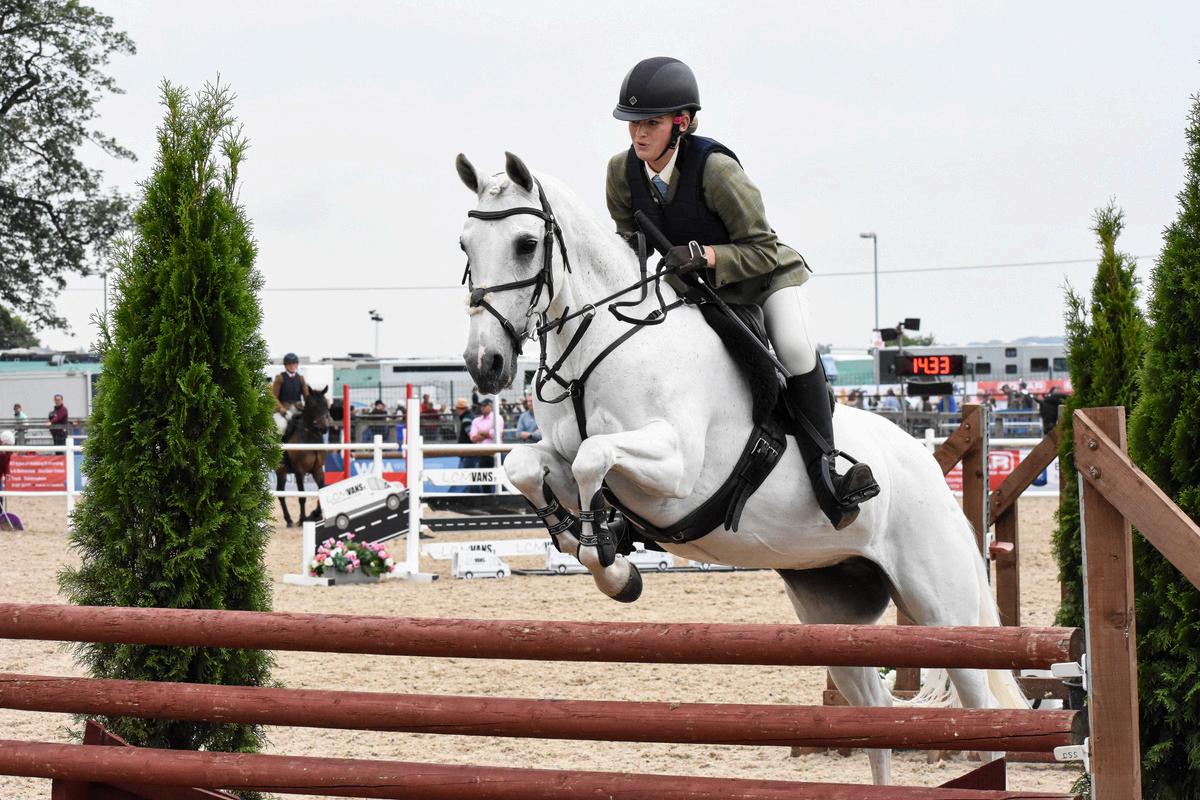





PhotographyEditor:Kailee Parsons
Every season delivers something special to us. For me, the season ahead is the best one. Autumn. With all the colours changing, it sets us photographers up for some amazing shots My goal is to spend as many days as I can in the photohide, a camouflage shelter designed for wildlife photography. Every day of work presents an opportunity. I am truly lucky to be part of a small group of people with the same passion for photography that maintains the hide together from mid-October to the beginning of March. For me, a typical day starts three hours before sunrise My bag is packed the night before; my Nikon mirrorless Z8 with my Nikon 400mm f/2 8 is my perfect setup A lens with this low aperture is key when you want good photographs in low lighting. It’s also important to remember essentials like extra batteries, an extra memory card, powerbank, gimbal head and headlamp. A 1.4x converter is also a nice thing to have for more range For comfort, I bring my winter sleeping bag along with some wool socks, a jumper, and a hot beverage And never forget your lunch or snacks! Beginners shouldn’t be too concerned about their equipment. A DSLR, either crop or full-frame works just as well, and a telephoto lens with a range between 150600mm is a perfect place to start. With my headlamp, I usually start by creating the scene for the day, trying to imagine how and where the birds sit – or can I capture birds in flight? If I only have one branch for the birds, I might be lucky to get a fight. With many branches I can vary the surroundings and backgrounds. My goal is to have the set-up outside the hide finished at least one hour before sunrise. When everything is ready it’s just a waiting game I usually spend 8-10 hours in the hide, hoping I get the photograph I've been working towards I would love to say that I always get it, but the truth is that it doesn't come

have patience and hope that this will be the day that everything lines up. Right before the sun rises over the horizon, I can hear the Common Buzzard patrolling the tree tops. The buzzard rarely comes down to feed. It seems very aware that something’s up and is very skeptical Usually the first bird to show up is the Goshawk During the first few hours, I may have a visit from two or three individuals, but every day is different. As mentioned, the lower aperture lens is a real benefit in the early mornings. =





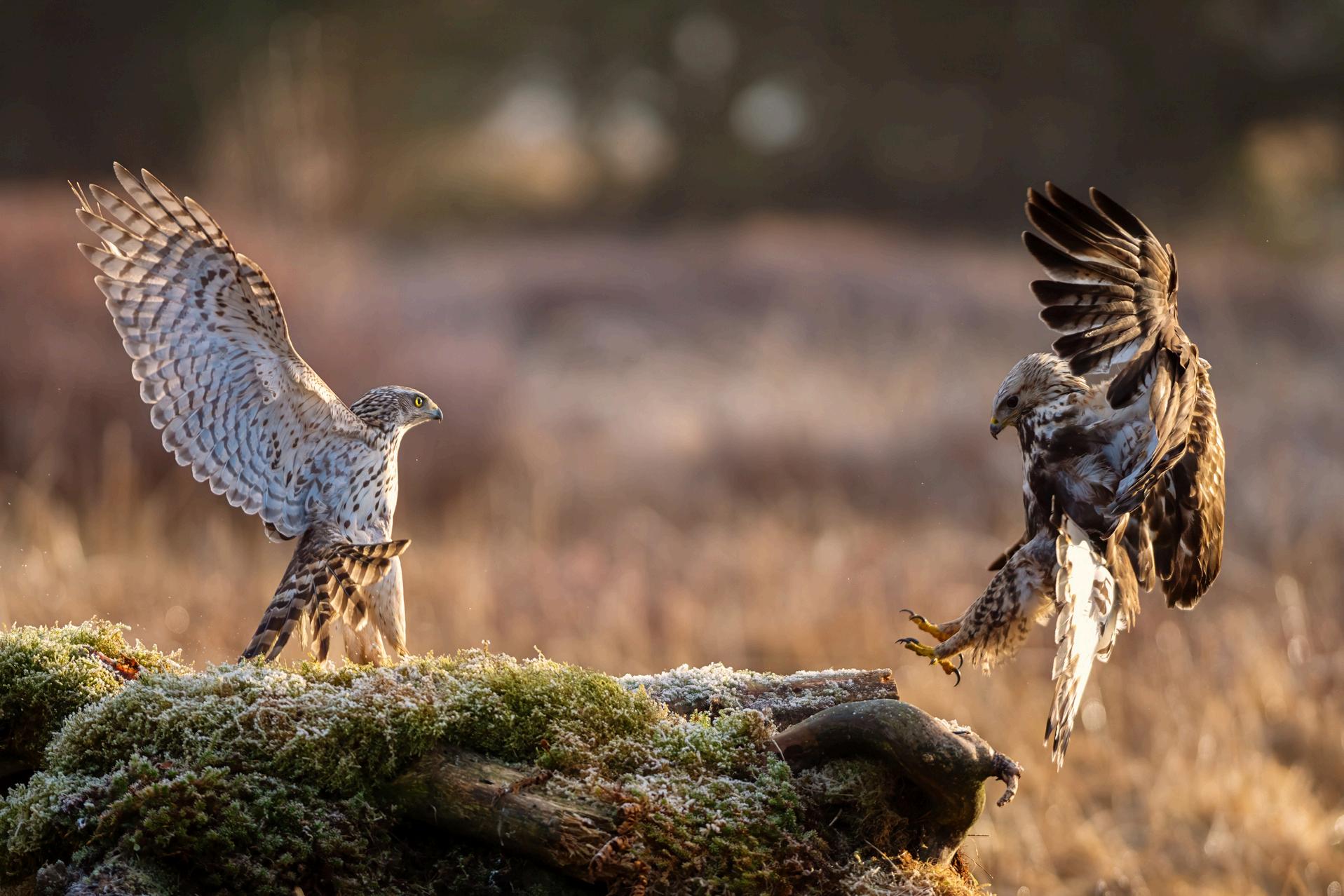
“When you get to know the birds, you can watch for tells when something is about to happen.”
If I want a good portrait, I can substitute aperture for lower shutter speed. These big birds often stand quite still, which allows for some really great portraits. You can go as low as 1/50 seconds and still get quite sharp photos. Next to visit is the Rough-Legged Buzzard On days I know I have several birds around, I pay close attention to their movement When you get to know the birds, you can watch for tells when something is about to happen. You will see how focused they are on their surroundings. Seconds before I get the action shot, I notice they are leaned back with their chests puffed up. I set the shutter speed to 1/1500-1/2000 and hope for some action I don’t care so much about the ISO, because there are so many good tools for noise reduction when I edit the photos At the end of the season, we may also get lucky with a visit from the Marsh Harrier. One of the more important things is to use your time wisely when setting the branches up
before sunrise. If you don’t pay attention to the surroundings or the background, you can be your own enemy and destroy the aesthetic of a photograph. Despite the challenges, the feeling of catching the perfect flight photo straight on is nothing less than awesome Don’t despair if the scene becomes quiet after the first visit The silence can last anywhere from two to four hours During this time, it is important to stay focused. I have given up too many times only to discover just thirty minutes after leaving the hide there is a wake of Common Buzzards at the feeding. No matter how fortunate I’ve been, I always enjoy a visit to the hide What’s even better is what comes after, searching through thousands of photographs to find the one that made it all worth it


PhotographyEditor:Kailee Parsons
Just past dawn, the sky awash with soft hues of orange and pink, our open jeep rumbled gently along the forest trail of Nagarahole National Park The jungle stirred awake birds chirped, a distant langur grunted, and leaves rustled gently in the cool morning breeze On either side, dense walls of teak and rosewood trees towered, forming a grand green cathedral. Golden sunlight filtered through the canopy, casting long shadows on the forest floor. Our guide, a quiet man with hawk-like eyes, suddenly raised his hand The jeep stopped The forest fell into an expectant hush “There,” he whispered, pointing ahead Then, we saw her Standing in a sun-dappled clearing, partially veiled by trees, was a Bengal tiger. A stunning female her orange coat marked with black stripes, muscles moving with effortless grace. The morning light streamed through the trees, illuminating one side of her body in radiant gold, as if the forest had chosen to spotlight her She paused She didn’t turn, didn’t startle, just regarded us with calm curiosity No fear No threat Just presence. Her breath curled slightly in the crisp air. Not a single alarm call came from the langurs or spotted deer. She was entirely at ease. Time seemed to freeze. The forest hummed softly; a camera clicked once. We barely moved It wasn’t just a sighting it was a rare moment of connection Then, with a final glance, she turned, drank from a nearby stream, scented the trees, and slipped into the forest’s embrace. We sat in silence, hearts racing. That morning, the wild had offered us a gift a glimpse of royalty bathed in dawn’s golden glow.




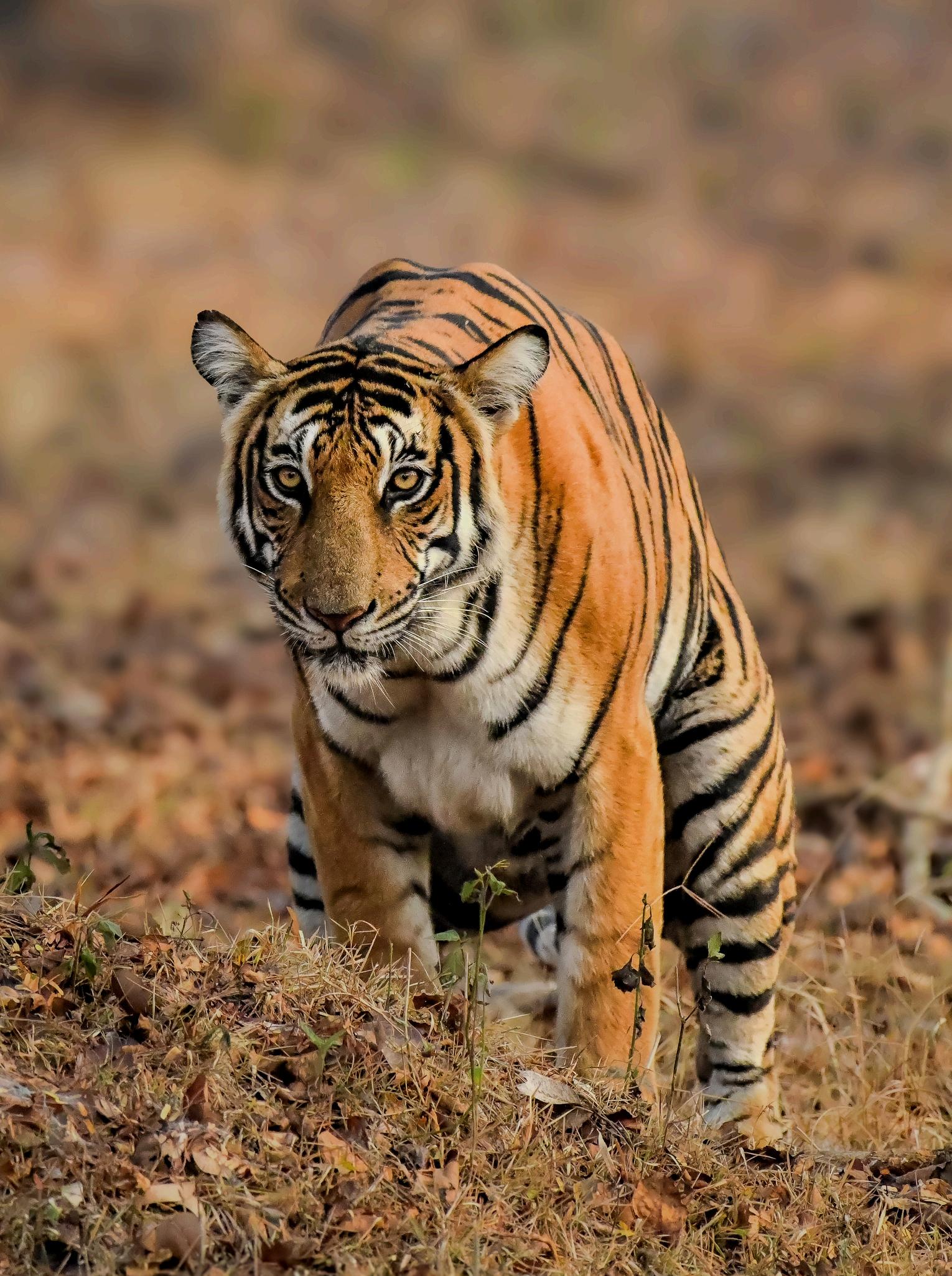

PhotographyEditor:Kailee Parsons
The Edinburgh Fringe Festival is an eco performers, venues, flyers, and reviewers. those things though, for me, the Edinbu been an event full of friends Let me exp spent involved with the University of St A scene formed numerous strong bonds, but the case with theatre productions, once th you suddenly don’t get to see those connect you’d like. Add to that my graduation and different city entirely, and keeping touch more challenging Luckily for me though, theatre scene descends into Edinburgh on bring an array of shows to the Fringe Festiv I was one among that scene, and with my c helped promote and produce a show a Spoiler alert: the show didn’t go on to a Wes it was a great time whilst it lasted, and a gr off my involvement with the St Andrews Th so I thought It was to my joy that this invited by the production team of Pantom capture photos of their show for keepsak regular habit of watching St Andrews sh departure, but the joy of capturing it through a lens recaptured my own fond memories of my time on productions just like it – even with some of the same cast members! Capturing the show’s physical comedy elements required as high of a shutter speed as I could get away with amidst a sometimes dimly lit stage. The cropped sensor of my ageing DSLR has never been fond of low light, but generally the stage lights illuminated the subjects enough that it could cope Only in a select few shots did the sensor struggle and noise of a high ISO begin to overwhelm my images, and there were plenty of gems left after sifting out -

the worst offenders Another challenge was balancing coverage of the show with disruption The sound of a shutter can be a lightning rod of disruption in a quiet room. I opted for taking single shots rather than bursts and tried to mask the sound by shooting whilst the room was filled with laughter – a common occurrence as the production was hilarious Nevertheless, knowing that the photos were intended as keepsakes rather than promotion, and that there was a reasonably big cast that were rarely onstage all at once, I wanted to capture as much as possible to ensure that everyone would have some

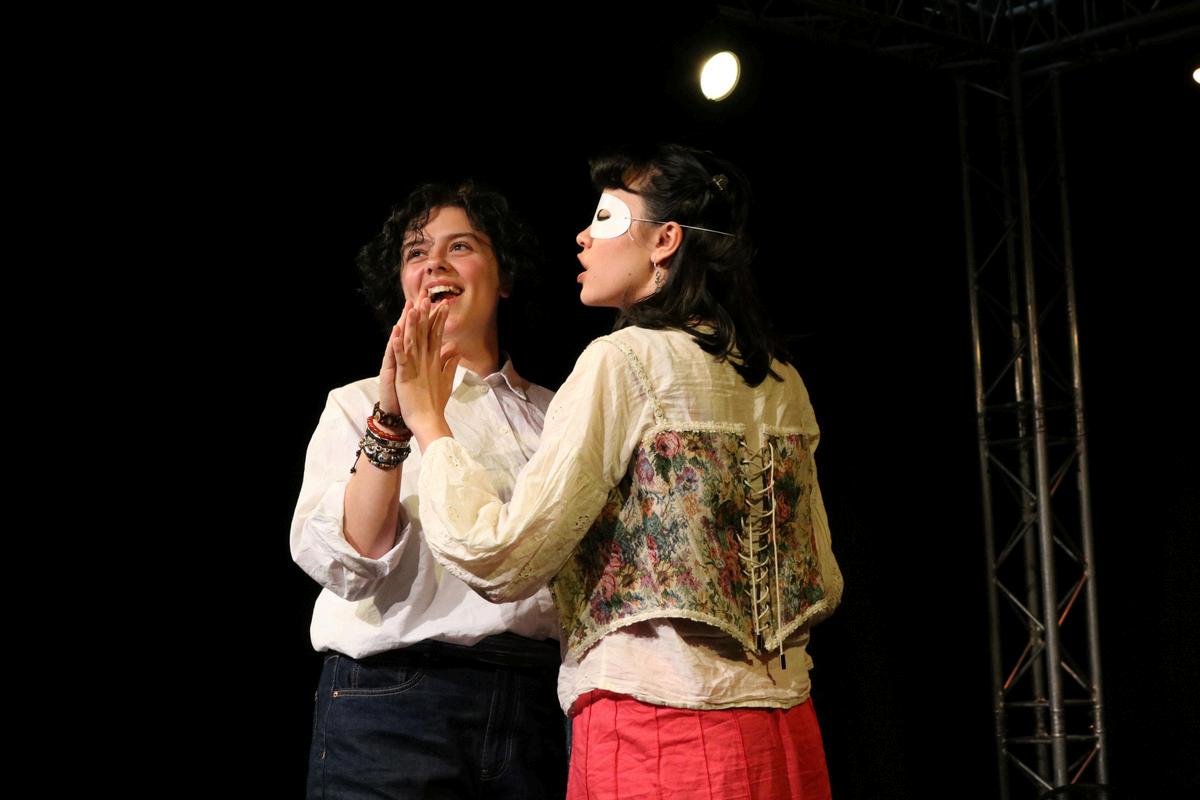



“Photographers may be among the unsung heroes of the Edinburgh Fringe Festvial”
memorable photos to take away with them. Theatre productions are filled with creative choices, memorable moments and running gags that are cherished but difficult to recreate once the show’s over Capturing the joy in these moments and the culmination of the hard work is a privilege; one I was happy to facilitate I’m thrilled with how the photos turned out, as were the cast and crew. Looking at the wider picture, I think that photographers may be among the unsung heroes of the Edinburgh Fringe Festival. Walking through Edinburgh in August, there were countless posters and flyers that would have necessitated elaborate photoshoots Naturally the performers and directors receive a lot of the glory from success at the Fringe, but I wonder how many photographers have helped underline the promotion that so many of these shows rely on? Amidst a sea of imagery, it’s a skill to produce material that can cut through all of that, showcasing the expressions, costumes and tones representative of a show, and enticing an audience of strangers For me, theatre photography has become a great way for me to engage with a hobby I have fond memories of my involvement with, but that I lack the time -
to commit myself to as wholeheartedly as I did when I was a student. Photography plays a crucial role in the promotion of shows, but also in forming keepsakes of every production that has had its curtain call. I still look back fondly at photos from productions of my own: a promotional photoshoot in which I found a confidence in myself that I hadn’t known before, cast photos that capture the early days of long-lasting friendships, and rehearsal photos that capture persistent journeys I went on to master songs, dances, and characters I never dreamt I was capable of. Every show holds precious memories like these. Whilst shows photos are sometimes deemed an unessential ‘nice-to-have’, I think they are essential That’s why I endeavour to photograph shows for my friends as much as I can well that, and the odd free ticket too!



PhotographyEditor:Kailee Parsons
The Northern Lights, or Aurora Borealis, are among the most captivating natural phenomena on Earth. Dancing across the Arctic night sky, these lights offer a magical subject for photographers willing to brave the cold and embrace the darkness To witness the aurora at its best, head north places like Iceland, Norway, and parts of Canada offer prime viewing conditions from late August to early April. Dark skies, minimal light pollution, and clear weather are key. Solar activity also plays a crucial role, so monitoring aurora forecasts is essential Capturing the Northern Lights requires preparation and patience A sturdy tripod, a wide-angle lens with a fast aperture (f/2 8 or wider), and a camera capable of handling high ISO settings are important tools. Shutter speeds typically range from 1 to 15 seconds, depending on the aurora’s brightness and movement. Manual focus set to infinity and shooting in RAW format will help ensure quality results And dress warm, as it can get cold standing outside under the Arctic sky Composing your image with interesting foreground elements such as icy rivers, snowy peaks, volcanic landscapes, or a person standing in a critical spot can elevate your shots. Scout locations in daylight and be ready to adjust as conditions change as the northern lights are an unpredictable natural phenomena Photographing the aurora is as much about the experience as the image Standing under a glowing sky in the silence of night is unforgettable. With planning and persistence, you’ll not only return with incredible images but also with memories of nature’s most beautiful light show.
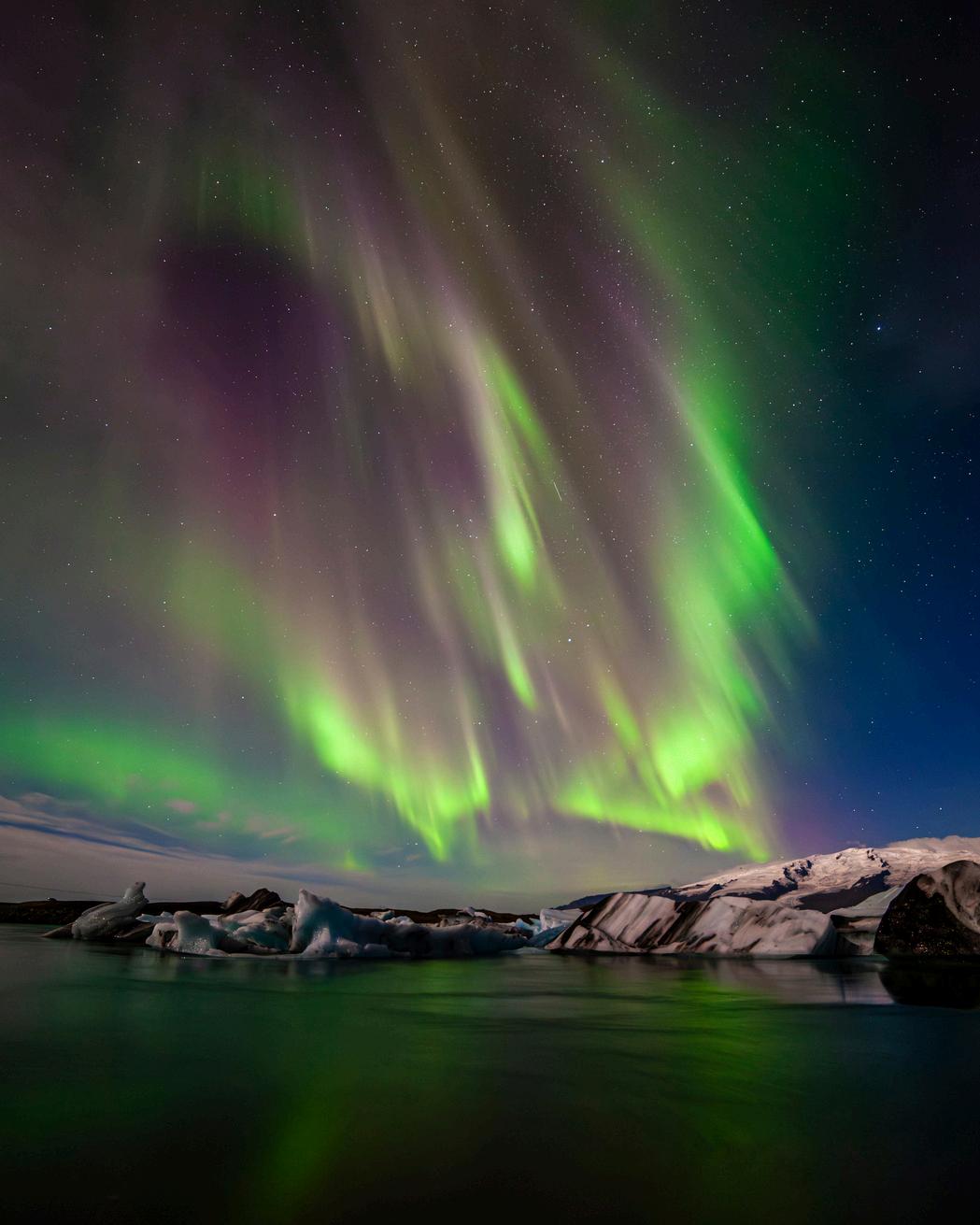
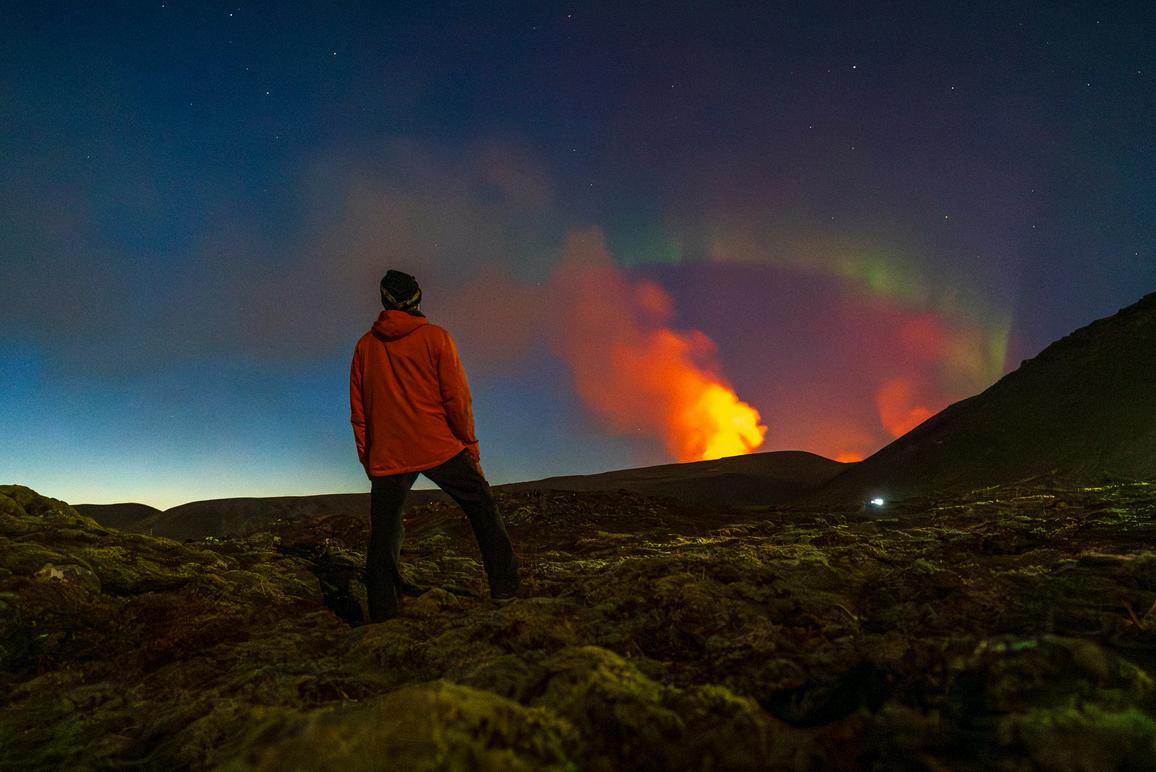


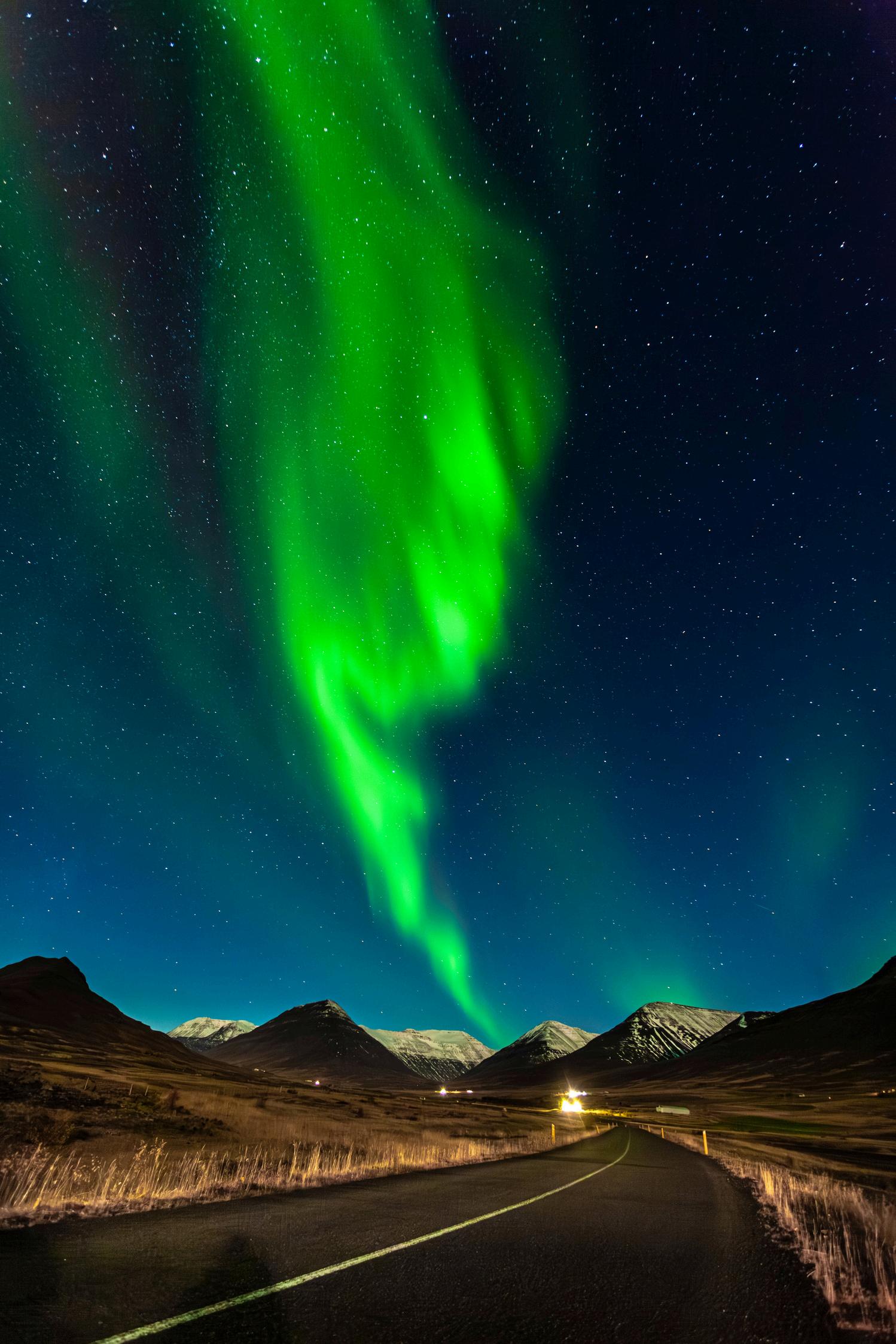

PhotographyEditor:Kailee Pa
On March 5th, the annual BUCS C in the seaside town of St Andre athletes from across Scotland g nine coveted trophies across 21 fix a single day of top-tier student spo photographers covering the even Sport, I arrived at 9 a.m. to prepa 9:30 and the ten hours of sport ahe like this is as much about stamina about sport knowledge, as each sp angles, and challenges, demandi behind the lens The day opened o the EY Netball Women’s Tr Caledonian secured a 50-32 photographed netball before, m reading up on rules and carefu seasoned photographers Netball precision, with players restricted t ball flying through rapid, short p was difficult to follow, but once I u the sport opened up visually. By an than reacting to them, I was able to capture the dynamic mid-air interceptions, defensive blocks, and passing sequences that represent the sport, which is proof of how vital it is to understand the rules of the game you’re shooting From there it was a quick sprint to the BT Basketball Women’s Cup Final between the University of St Andrews and Glasgow, where the hosts took the win 6053. Indoor sports like basketball bring their own obstacles, including harsh artificial lighting that often complicates colour balance and exposure After some trial and errors with ISO and white balance, though, the rewards were worth it Basketball offers so many cinematic moments to

the photographer, like a player leaping for a rebound, a clean three-pointer, or, if you’re lucky, a slam dunk frozen mid-air. Equally, the proximity of the court to the crowd adds an exciting atmosphere to the photographs, with emotions spilling across the sidelines. Then, the morning’s fixtures were done, and lunch doubled as an editing sprint to get ahead on delivery The afternoon took us outdoors, where strong Scottish winds and rain greeted the ICG Women’s Hockey Trophy Final between St Andrews and Edinburgh. Still, St Andrews showed incredible play ending in a 3-1 win despite the weather. Photographing in
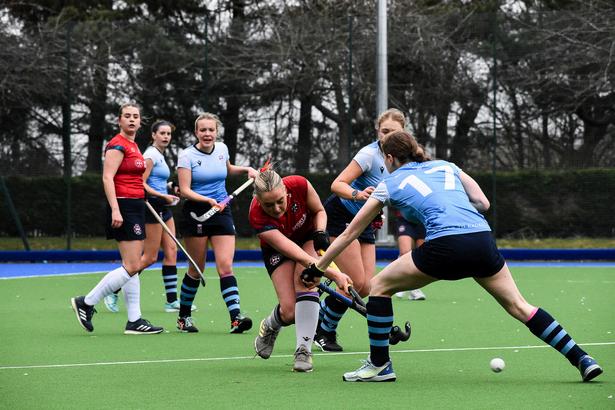



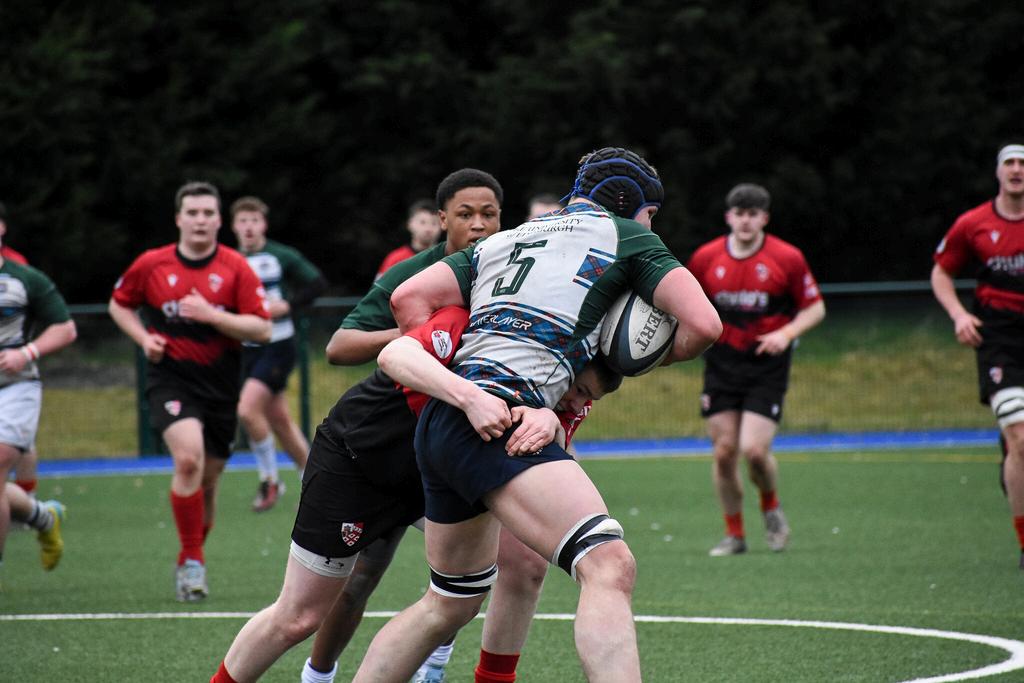
“It is as much about stamina and adaptability as it is about sport knowledge”
those conditions was a match in itself. When the wind literally shifts your balance mid-shot, every frame is hard earned Additionally, the unique low-ball play in hockey meant that you as the photographer equally had to get on lower levels to capture clean, symmetric angles, often while dodging a wayward strike By the end of the hockey match, the crowd outside had grown, with anticipation clearly building for the day’s headline act: the Men’s Rugby Cup Final between the University of Edinburgh and Edinburgh Napier The winds had not calmed and the temperatures were still uncomfortably low, but the energy was electric nonetheless For 80 minutes, both teams displayed fantastic athleticism and determination until the University of Edinburgh finally sealed a 26-17 victory. The pitch invasion that followed, with supporters storming onto the turf to embrace their team, was one of those moments you live for as a sports photographer The sheer emotion of victory, captured in hugs, tears, and cheers, told the story better than any other photo could Yet, rugby is endlessly engaging to shoot because of its variety. Scrums demand a low, compressed frame, while
lineouts push you vertical in an instant. The ball moves unpredictably, requiring anticipation and patience, but when it clicks the results are so powerful. It is also a sport where the emotional stakes are always visible in players and supporters alike which make the photographs resonate far beyond the scoreline As the celebrations subsided, I secured the victory photos before packing up at 6 p.m. The on-site work was over, but the evening still stretched ahead with editing and delivery for publication, finally wrapping up around 10pm. Long days like this are part of the rhythm of sports photography, but also what makes it so fulfilling and memorable as a job The Finals offered a fantastic crash course in adaptive photography which will always lie at the very centre of sport coverage




PhotographyEditor:Kailee Parsons
DEVANSH JHAVERI
I am 26 years old and a freelance photographer based in Mumbai, India. My love for photography began over 12 years ago, and for the past 4 years, it has grown into a fulltime profession What started as a teenage fascination has now become my way of seeing and understanding the world differently. How to showcase the most basic things as something magical. Landscape photography holds a special place in my heart. There is something deeply grounding about being alone with nature and city skylines. Watching the light shine over mountains, waves crash against rocks, or how well the architecture behind every structure is built Each scene feels like a story waiting to be told, and through my lens, I try to capture the emotion behind that story. For me, the creative process does not end with clicking the picture. Editing is where vision meets emotion. It is where I get to express what I felt in that moment into something that others can feel too I believe you should click the photo with all your heart and use your mind and creativity while editing One belief I hold close is that you do not need the most expensive camera or lens to create meaningful images. Vision, emotion, and the ability to see beauty in the ordinary these matter far more than the equipment you are using. Some of my most loved shots were taken with entry-level equipment, but with full-hearted passion Photography has taught me to look at the world differently to slow down, to appreciate details, and to always search for that unseen angle. Through my work, I hope to inspire others to see the magic in the everyday.
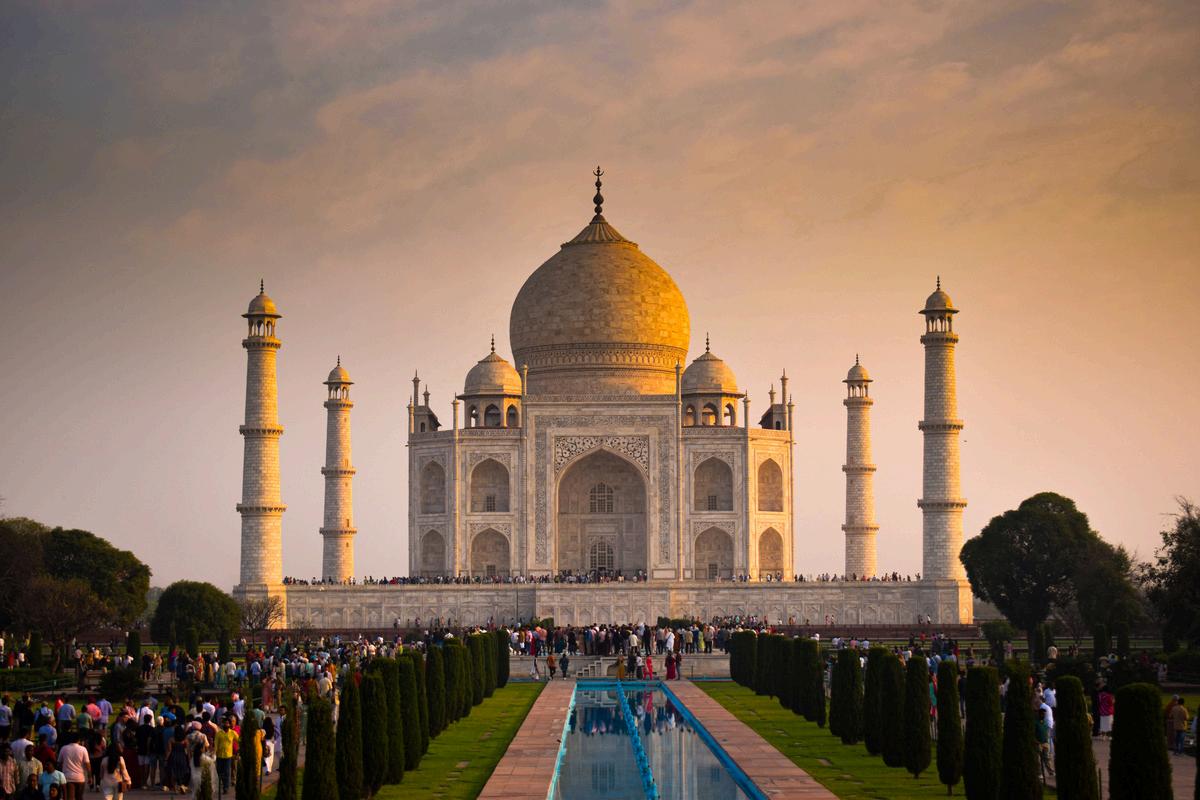

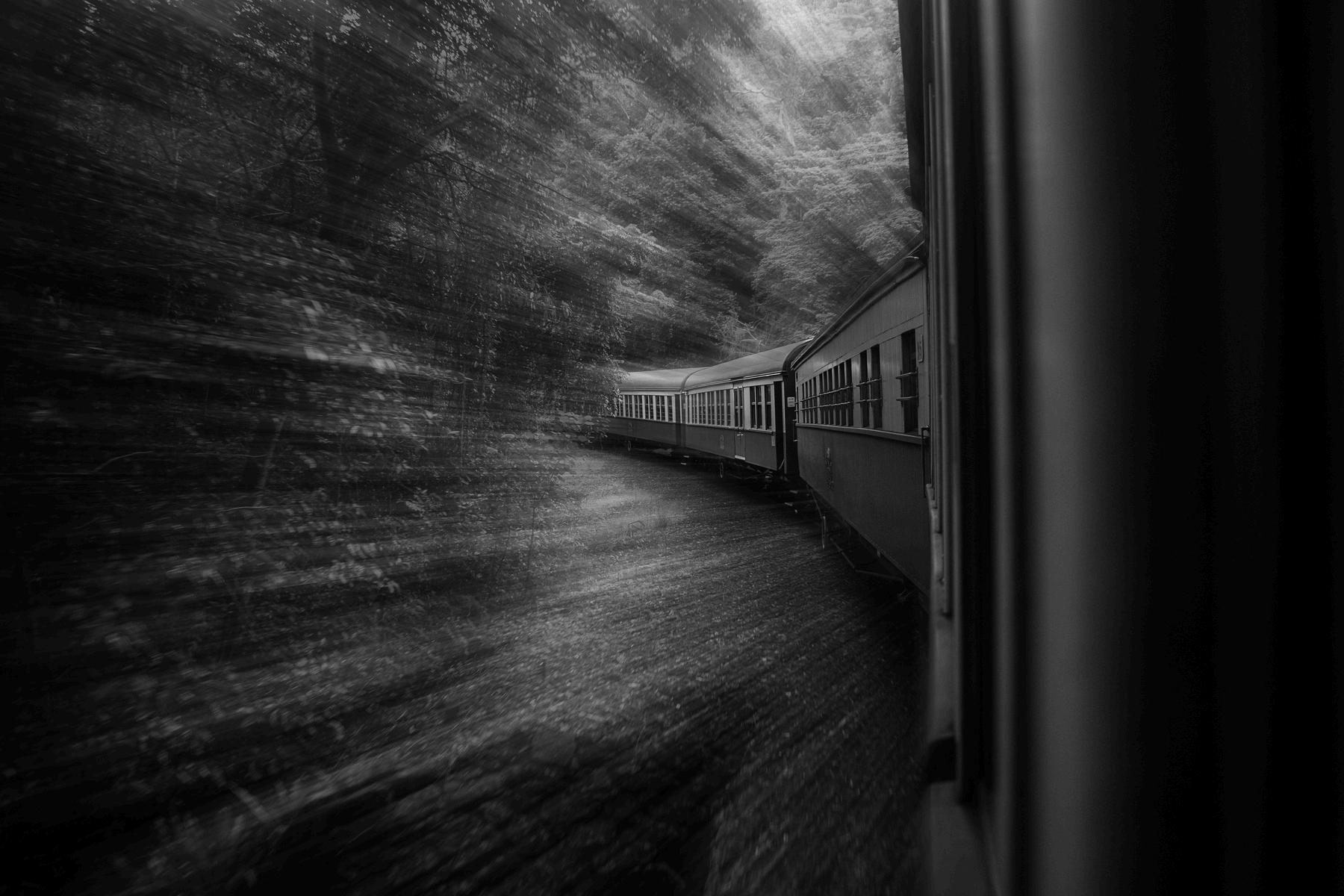
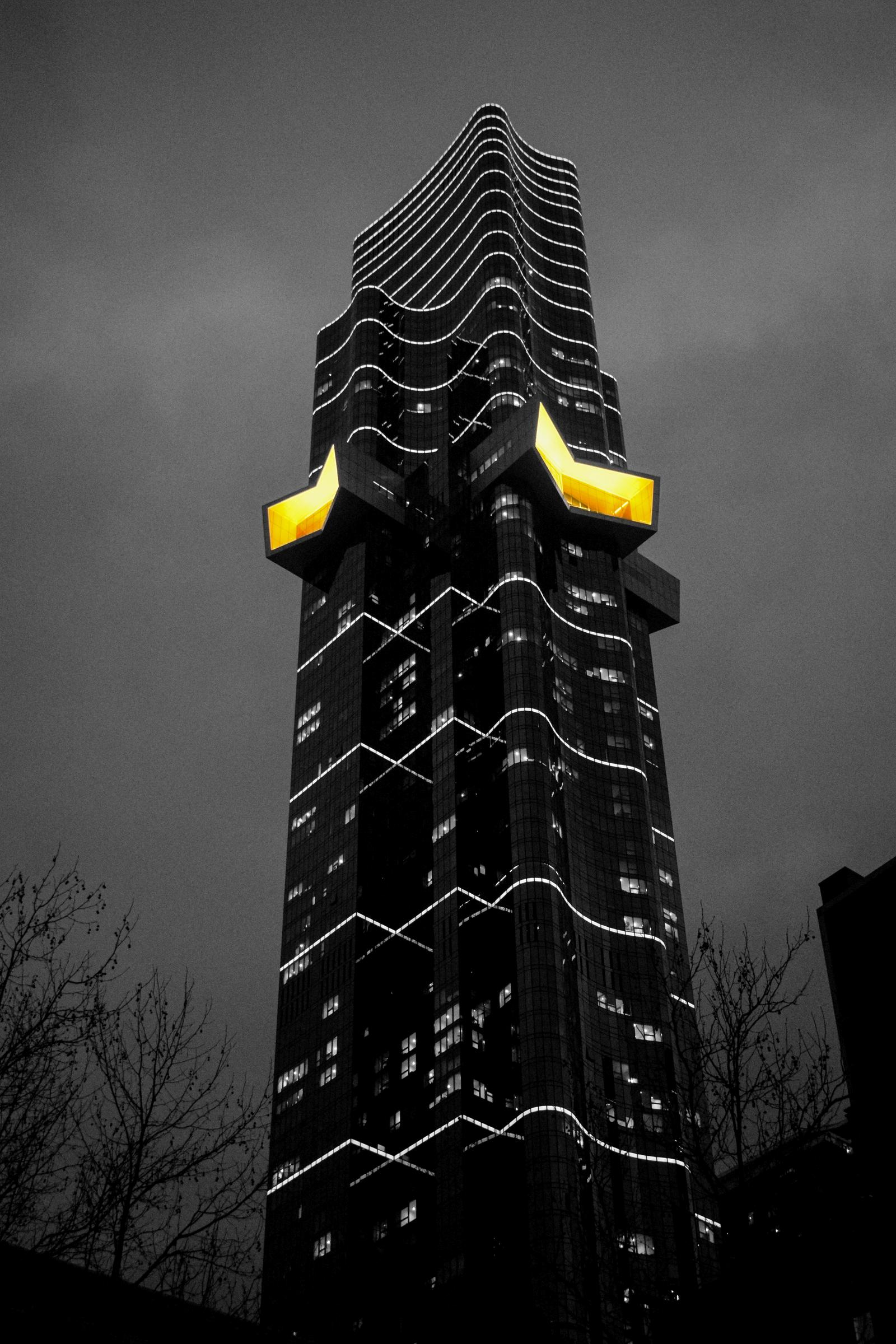


PhotographyEditor:Kailee Parsons
From an early age, my sister and I enjoyed exploring nature and capturing nice moments on camera. Photography was our casual interest, often something we enjoyed doing in our free time or on vacation Six years ago, however, I became interested in photography again and wanted to improve my skills. I started with workshops, learning the basics before more advanced techniques. During one of these workshops, I came across a trip to the Isle of Skye, Scotland. The rugged landscapes, the mountains and fantastic views were absolutely amazing This is where my interest in landscape photography began Since then, I have travelled to both Iceland and Tanzania, two quite different destinations. Iceland is known for its dramatic landscapes, while Tanzania is home to incredible wildlife. Beyond these trips, I also enjoy photowalks in my home country, the Netherlands It is nice to meet other photographers, learn from each other, and gain inspiration My most recent trip took me to Tuscany, Italy It meant waking up early, but the reward was breathtaking sunrises with stunning layers of mist and beautiful golden sunlight streaming through the trees. The landscape never stops to amaze, with its rolling hills full of characteristic cypresses, often arranged in scenic lanes There were so many great photo opportunities; whether capturing wide landscapes with a standard lens or using a telelens to focus on smaller details of the scenery, each moment was uniquely beautiful. With my photos, I hope to inspire others to see the beauty of nature and appreciate it even more.

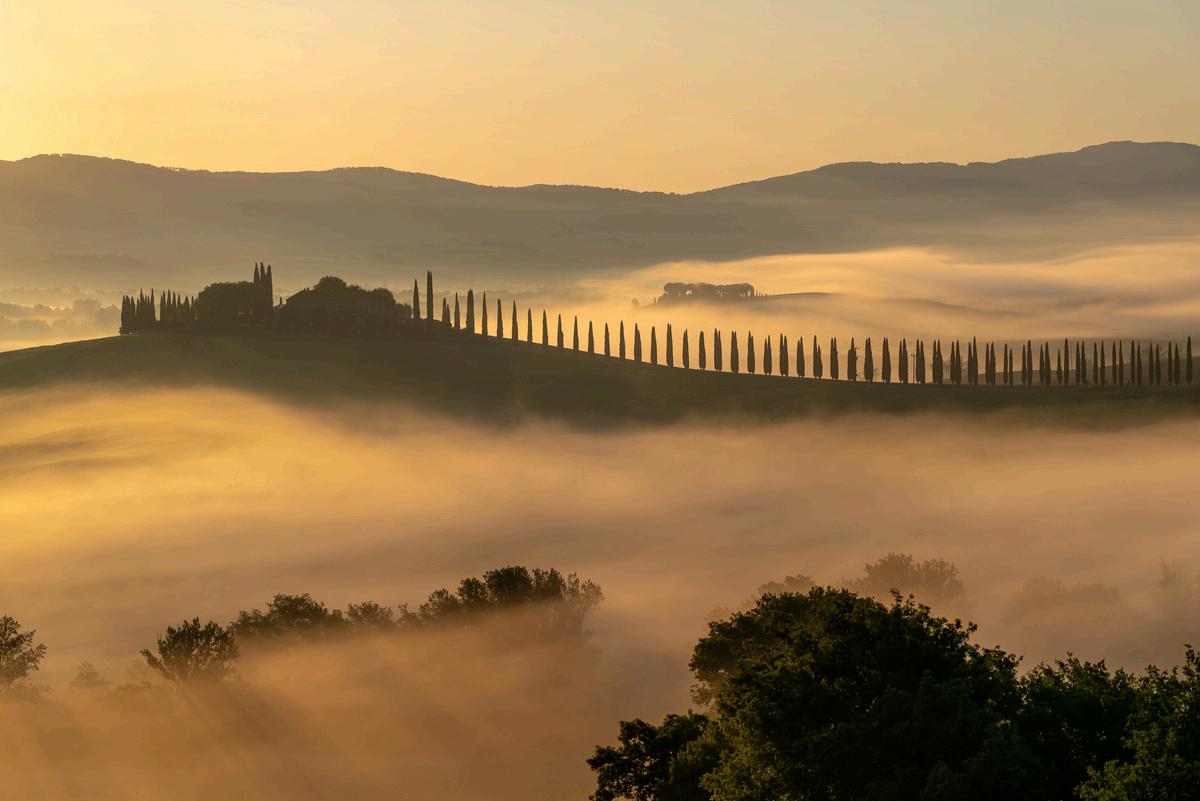




PhotographyEditor:Kailee Parsons
My interest in space was first kindled watching the Apollo Moon landing in 1969 with my father. That Christmas, I was given my first telescope It wasn’t until I had more disposable income in early 2000 that I ventured into the world of astrophotography My current passion is to capture the night sky in context with the landscape, often referred to as astrolandscapes or nightscapes. In 2013 I was elected Fellow of the Royal Astronomical Society for my services to deep sky astrophotography and public outreach work with my local astronomical society, which I co-ran I am also an elected member of Nikon Professional Services The majority of the locations I shoot involve a decent walk, so I will usually visit during the day and frame the shot in advance, leaving some small stones or rocks to mark the position of the tripod. The remoteness is something I enjoy, and I find the whole process a very spiritual experience Sitting in a stone circle or ancient monument under the stars, I often wonder who before me has sat here looking at a very similar sky Porth Ysgaden is one of my favourite locations on the Llyn Peninsula in North Wales. The skies are dark and the area is steeped in history. The shot featured here was taken from a rock as the tide was coming in. I used a long exposure of several minutes to give a mystical feel to the foreground Taken in early autumn, the Milky Way is vertical and the bright star on the left is the planet Venus I processed the image to give a tonal feel of greys, and I think even the light pollution from Dublin adds to the feel. Once I’d completed the long exposure from the rock, however, I found myself surrounded by the sea so had quite a wet walk back to the shore Not the first time I’ve returned home in wet clothing in the early hours! A few days after the final lockdown of 2020, I ventured out to capture Comet


Neowise It was the first time I could drive over the border into North Wales, and it felt strange to be out again Once on site, however, my usual process kicked in. I was unable to recce the location in advance so it was a good while before I found a good position. I noticed another photographer close to the base of the lighthouse with a light and took several shots I think the figure adds context and imagine it could be the lighthouse keeper The lighthouse at Talacre tilts so it can be a tricky one to capture correctly. Another interesting lighthouse is South Stack near Holyhead. The Milky Way can only be captured
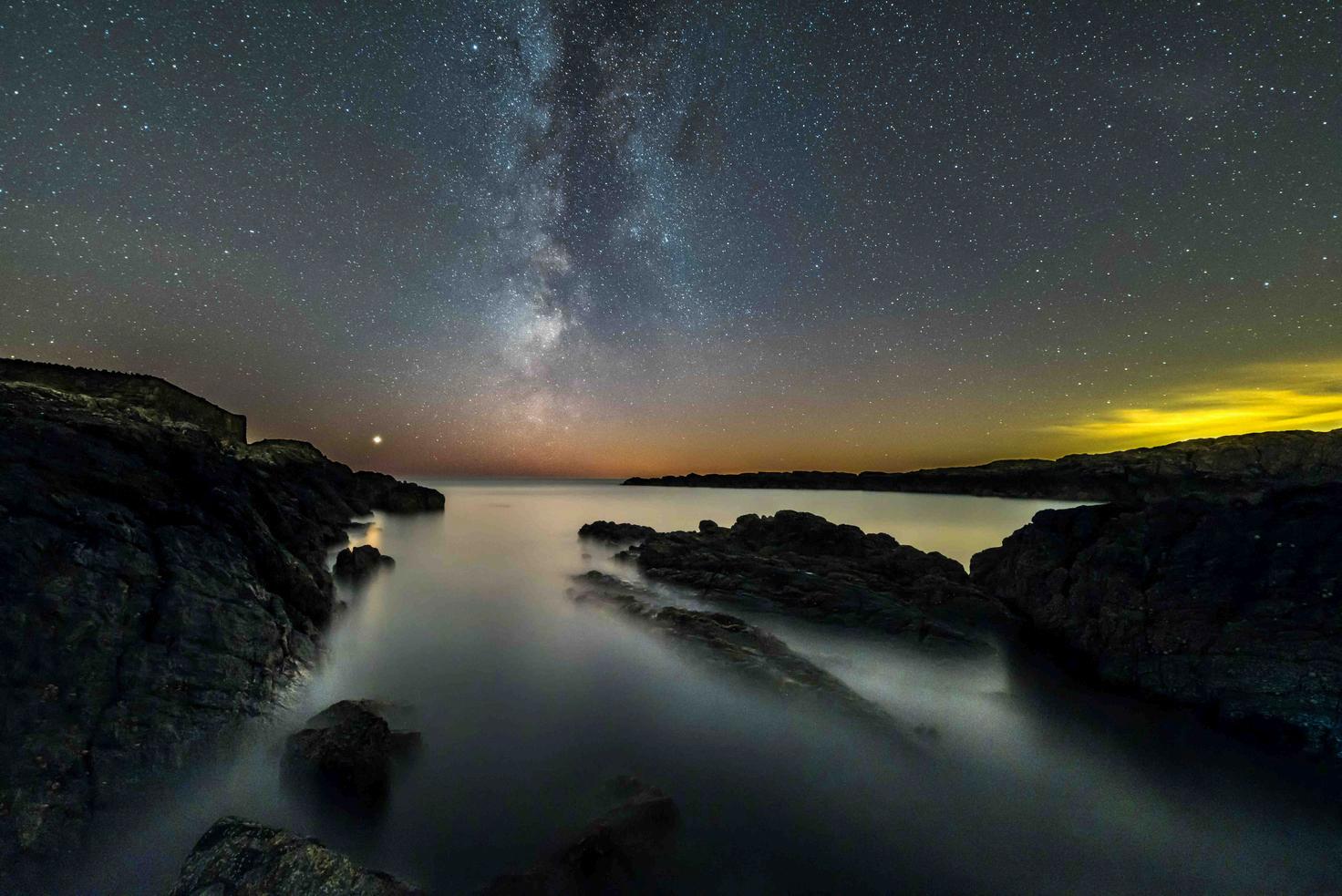



“The remoteness is something I enjoy, and I find the whole process a very spiritual experience.”
in the same frame as the lighthouse in late autumn, and even then it is a challenge to get a shooting position far enough right without falling into the sea! I used a combination of aperture and exposure length, taking several shots until the rotating light on the lighthouse looked right to me On Christmas break in Dorset in 2016, my father and I visited Kingston Church Dad sat inside the church whilst I wandered around looking for the composition. It was a very special moment for me to be able to share this process with my father as it was he who first introduced me to photography and nurtured my interest in astronomy over the years. I use various apps to plan the shot using the nighttime augmented reality features I knew that Orion, my favourite winter constellation, would be in a good position but also managed to get the Pleiades and Sirius too. I am always careful during processing to retain star colours using advanced techniques for colour calibration. During 2024, the United Kingdom experienced two major auroral storms in May and October The latter one found me at
Moreton Corbet castle in Shropshire. The image really is a story of being in the right place at the right time. The composition was good with leading lines and the Aurora erupted over the castle in the most perfect shape A car drove past and highlighted the corner of the building The beach at Porthor is famous for special shaped sand grains that make a noise when walked over, hence the name Whistling Sands. During the day, the heat and energy of the sun had ionised the atmosphere. In the darkness, it emitted a green light known as airglow. I hardly ever do light painting, preferring a long exposure and more natural look for my foregrounds However, in this instance I used my head torch to highlight the greens and yellows in a foreground rock pool


Founded in 2022, PRISMA Photography Magazine is a photography publication based in Scotland.
Whether you are an amateur, professional, or somebody in between, we hope you are inspired to explore new perspectives and sustain your craft
